The 205 GTI is considered by many, including us here at Autocar, to be one of the greatest hot hatchbacks of all time.
Peugeot has never really captured the magic of that car since it ended production in 1994, but with news that the brand still considers the GTI badge an important part of its heritage, hopes have been raised for a modern take on the formula. While hot hatch fans wait with baited breath, we're looking back at the history of the storming original.
Life for the Peugeot 205 began in 1983, when it was launched as the successor to the 104 supermini. Created to fill the gap between the 104 and the larger 305, the 205 was penned in-house by Gerard Welter with interior touches done by Paul Bracq. In its debut year, the Peugeot 205 finished runner-up in the European Car of the Year but was rightfully awarded the 1983 Car of the Year by What Car?.
The French manufacturer quickly realised the model’s sporting potential and a year later, in April 1984, released the Peugeot 205 GTi. Powered by a 105bhp 1.6-litre engine and tipping the scales at less than 900kg, it could shoot from 0-62mph in 8.7sec and had a top speed of 116mph.
The faster GTi 1.9 was launched at the end of 1986, boasting 130bhp. It was capable of completing the 0-62mph sprint in 7.8sec and boasted a top speed of 127mph. During 1986 the 1.6-litre version was also upgraded, with peak power now quoted at 115bhp.
To this day, opinion is still divided among motoring journalists as to which variant provides the better GTi experience, with some preferring the peaky power delivery of the 1.6-litre derivative and others favouring the increased torque of the 1.9. However, the Peugeot 205 GTi in either form is still comfortably regarded as one of the greatest hot hatchbacks of all time.
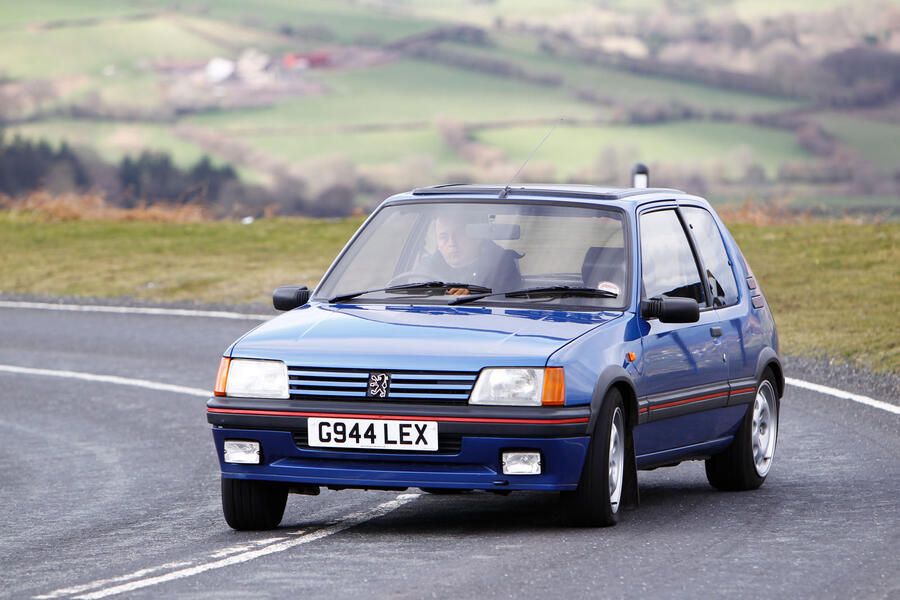
In 1984 Peugeot Talbot Sport - led at the time by current FIA President Jean Todt - unleashed the 205 T16 on the World Rally Championship. There were also 200 road-going examples built for homologation purposes.
Despite adopting four-wheel drive and a transverse mid-engined layout, the production T16s shared little in common with the WRC cars, and initially had less than half the power at around 200bhp. However, the 205 T16 Evo 2 changed that, coming with 450bhp and a reputed 0-60mph time of 3.3sec.
In 1985, Peugeot exploited the skill of Pininfarina to design the 205 cabriolet and a ‘CTi’ version was released partnering the same sportier styling as the GTi, but without its roof, and the 1.6-litre and later, 1.9-litre powerplants.
Other potent Peugeot 205s which gained brownie points among petrolheads included the underrated 205 XS built from 1986 to 1992 and the rare ultra-lightweight 205 Rallye. With almost all luxury items and soundproofing stripped and only the bare essential electrics left, the Rallye’s kerb weight was down to 795kg, with a 1.4-litre 75bhp engine propelling the car to 60mph in 11.3sec.
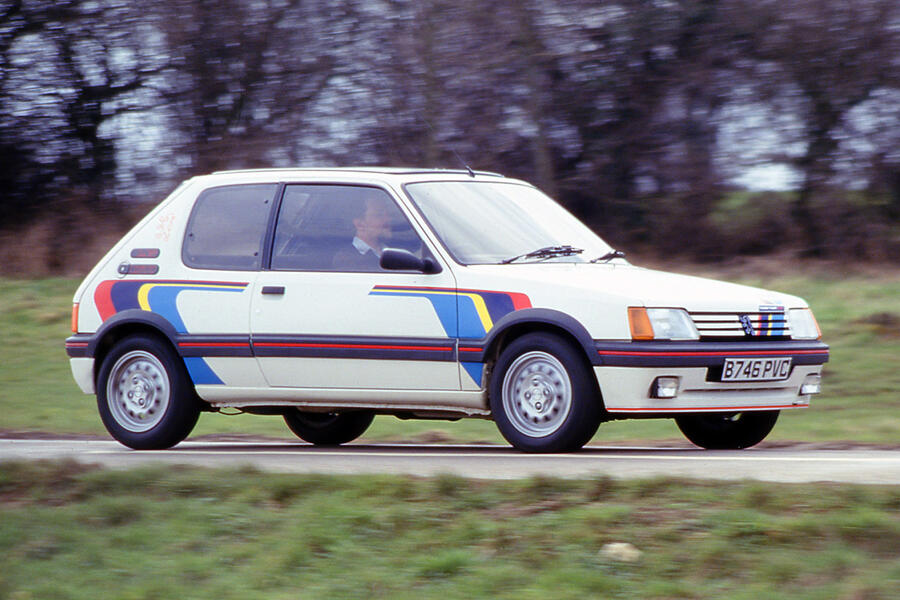
In 1992, Peugeot UK revealed a special limited edition of the 205 GTi - badged the 1FM - to celebrate BBC Radio 1’s 25th birthday. Only available in black with bespoke ‘Radio1FM’ badging and decals, grey alloy wheels and individual brass-plate numbering marking the build number, only 25 examples were made.
When production finally ground to a halt, Peugeot had sold 5.2 million examples of the 205. The 106 GTI and 306 GTI would go on to find a new generation of fans, but critics agreed that neither could replace the 205 GTI as the best hot hatch to wear a Peugeot badge. The 306 GTI-6, released in 1996, came close with the combination of 167bhp 2.0-litre engine and close-ratio six-speed gearbox. The 306 Rallye that followed it shaved 52kg from its kerb weight, though was limited to just 500 cars.
1998 saw the 205's direct replacement wear GTI badges for the first time, but the 206 GTI was largely considered a disappointment on account of its lack of handling panache. The 207 GTI was better, but it wasn't sharp enough to hold court with the Renaultsport Clios and Vauxhall Corsa VXRs that were fighting it out at the top of the class at the time.
Peugeot would celebrate 30 years of the 205 GTI in 2014 with a limited-edition version of its latest-generation supermini. The 208 GTI was unveiled at the Goodwood Festival of Speed that summer, and was limited to just 100 UK cars. It featured a 1.6-litre THP petrol engine that produced 205bhp and 221lb ft, while its Torsen differential was taken from the RCZ R sports car. Lowered suspension, widened front and rear track and larger 18-inch alloys completed the package, but what it clawed back in on-the-limit performance it lost in daily usability.
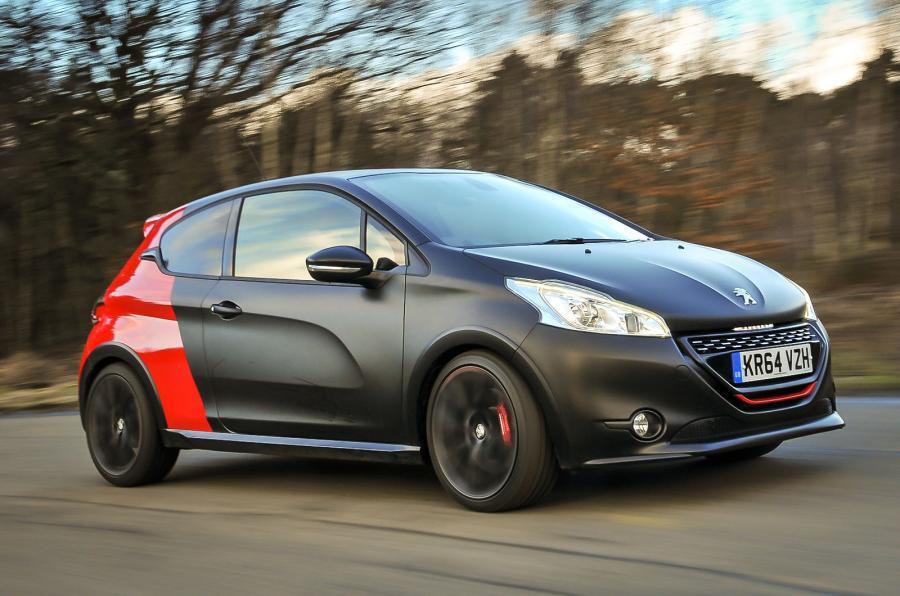
What about the future? A new-generation 208 GTI makes sense - though it is unlikely to be petrol-powered, and could be the last of the breed to wear the badge. The electric e-208 is a more likely candidate than the 1.2-litre three-pot currently found in the standard 208, as Peugeot sees EVs in its future and would gain little from producing a more potent engine for its smaller cars.
The company is also testing the waters with a Peugeot Sport Engineered (PSE) plug-in hybrid version of the 508 saloon, and has said that it will be used for any electrified performance models going forward.
In the meantime, Peugeot-sanctioned restorations are on the cards. Aventure PEUGEOT will see cars restored at the company's Musée de l’Aventure PEUGEOT in Sochaux, France, and sold with a Certificate of Authenticity. Already obtained parts will be used, with 3D printers helping create the parts that are no longer available, with the aim of restoring cars to as-new condition. A 205 GTi 1.9 will be the first model to recieve the treatment.
READ MORE
Used buying guide: Peugeot 205 GTi​
Best hot hatches through the ages: Autocar's top five face off​
Renault 5 GT Turbo - better than the 205 GTi?​

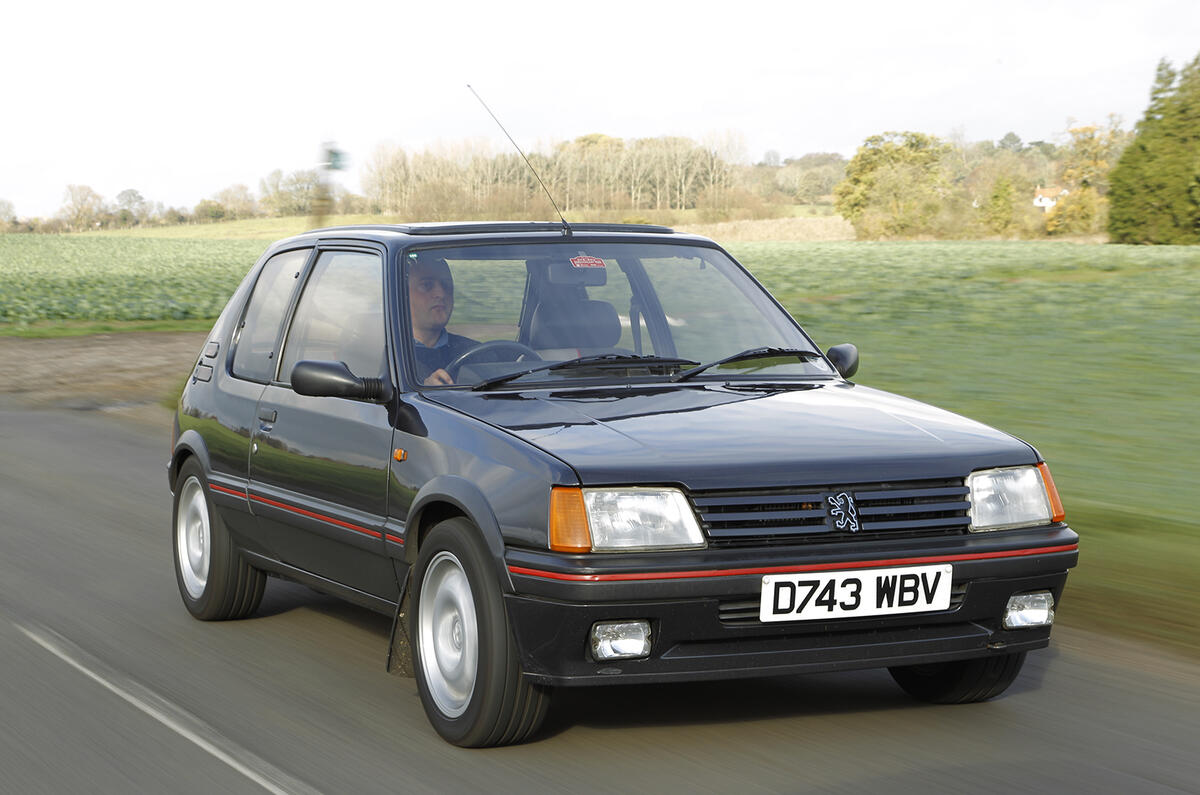

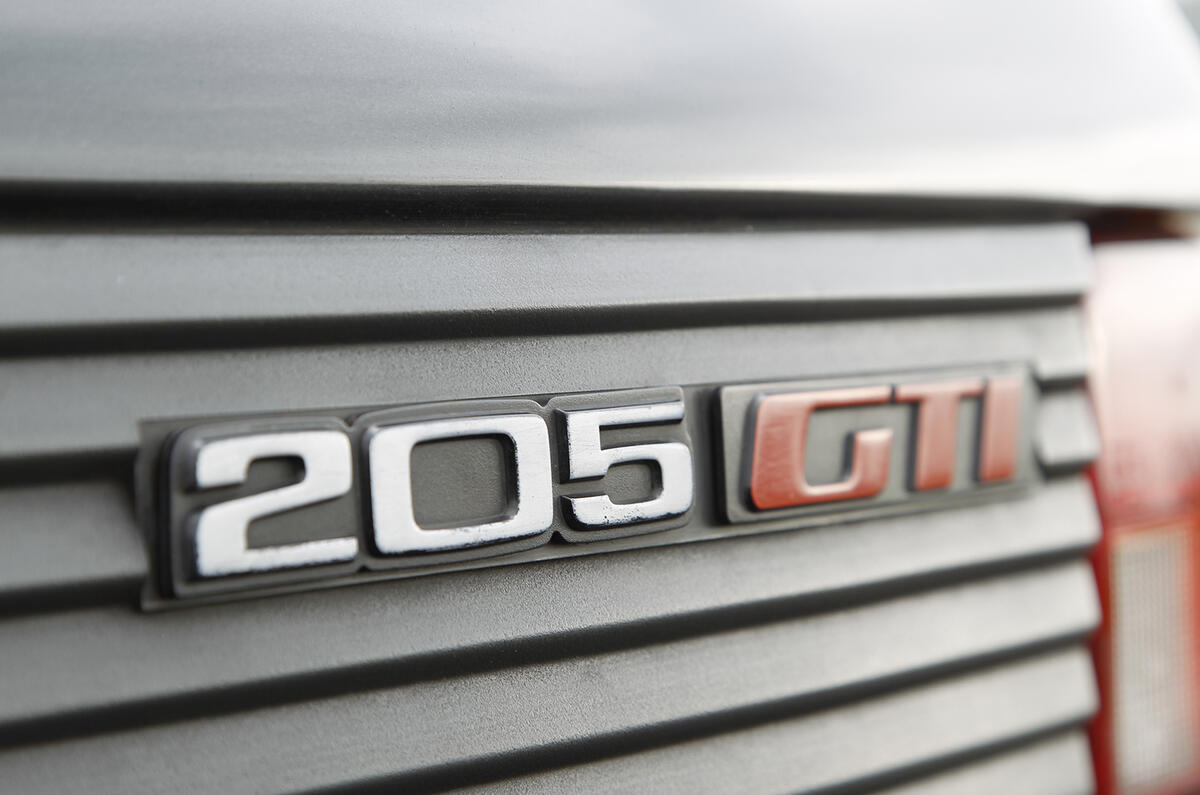
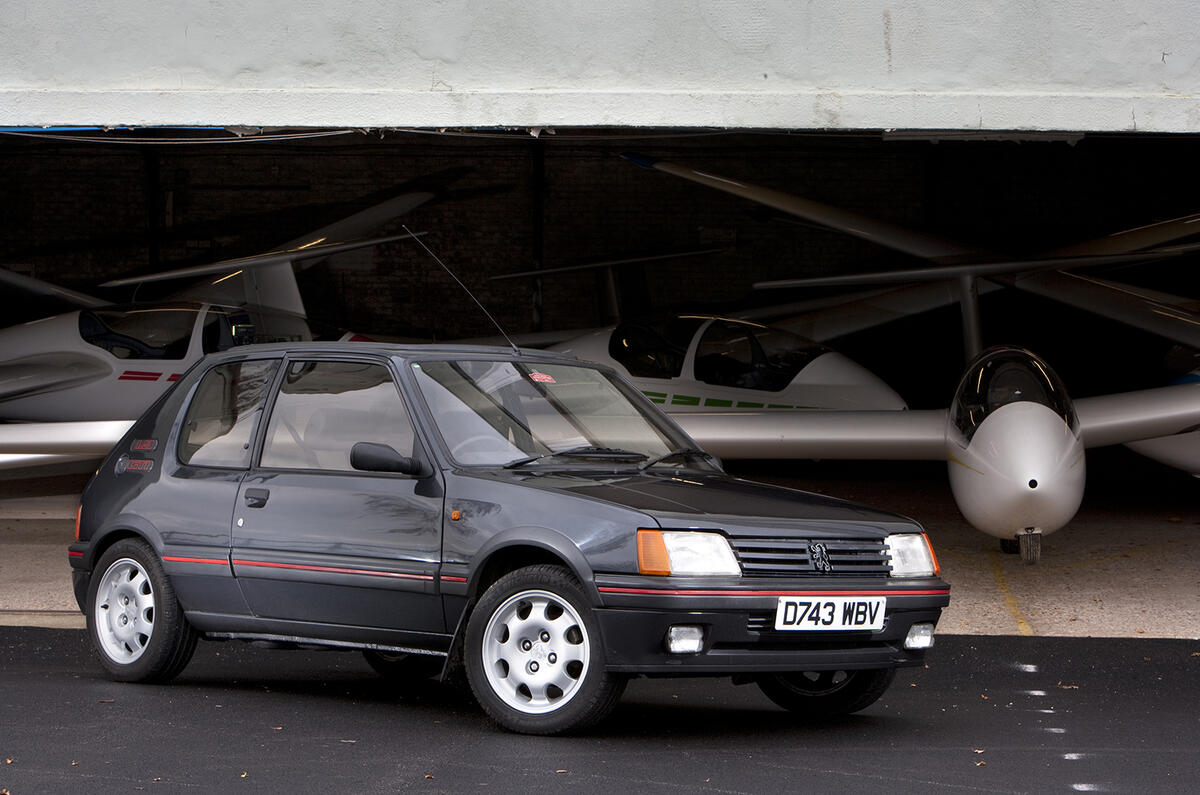
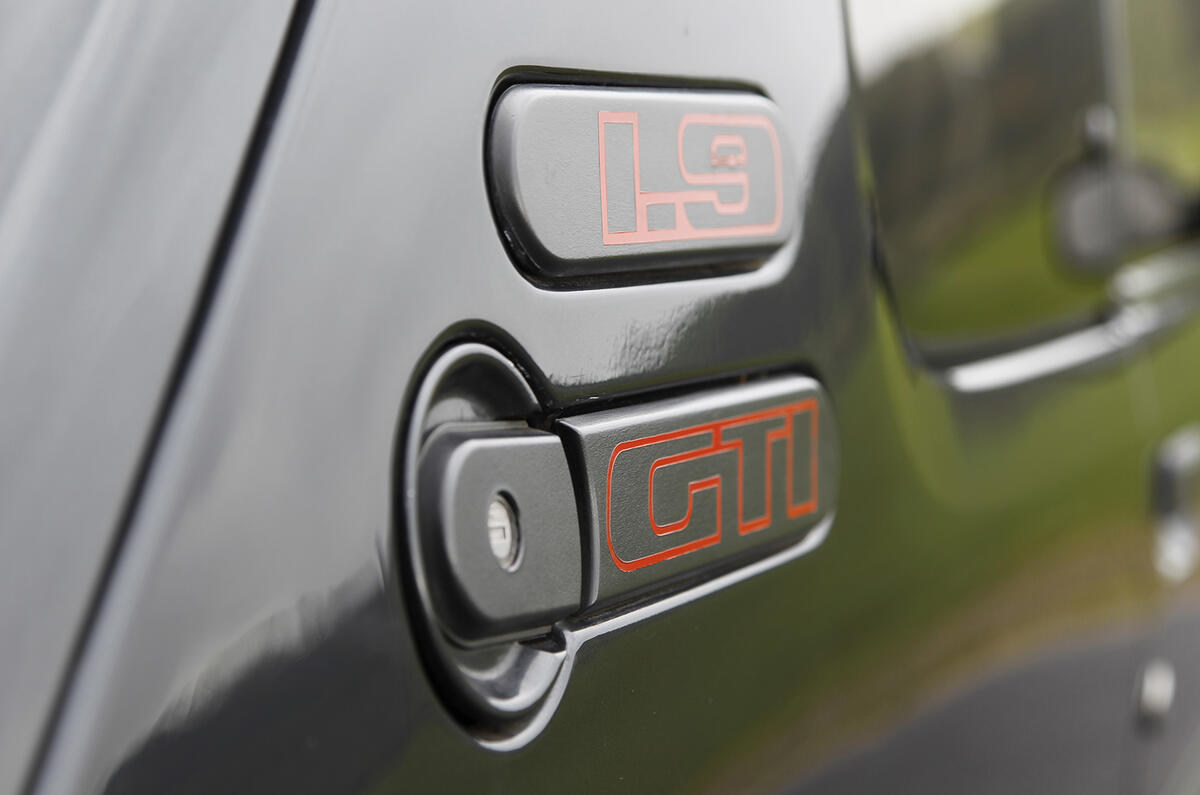
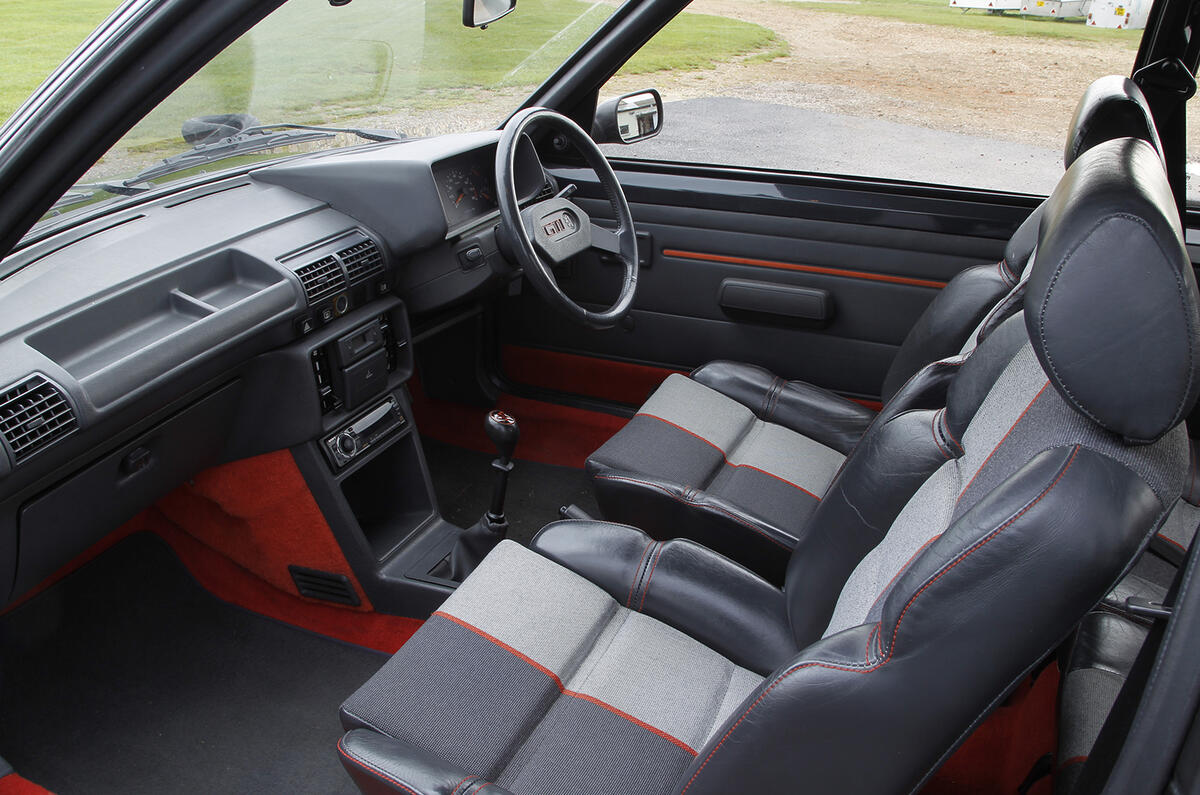
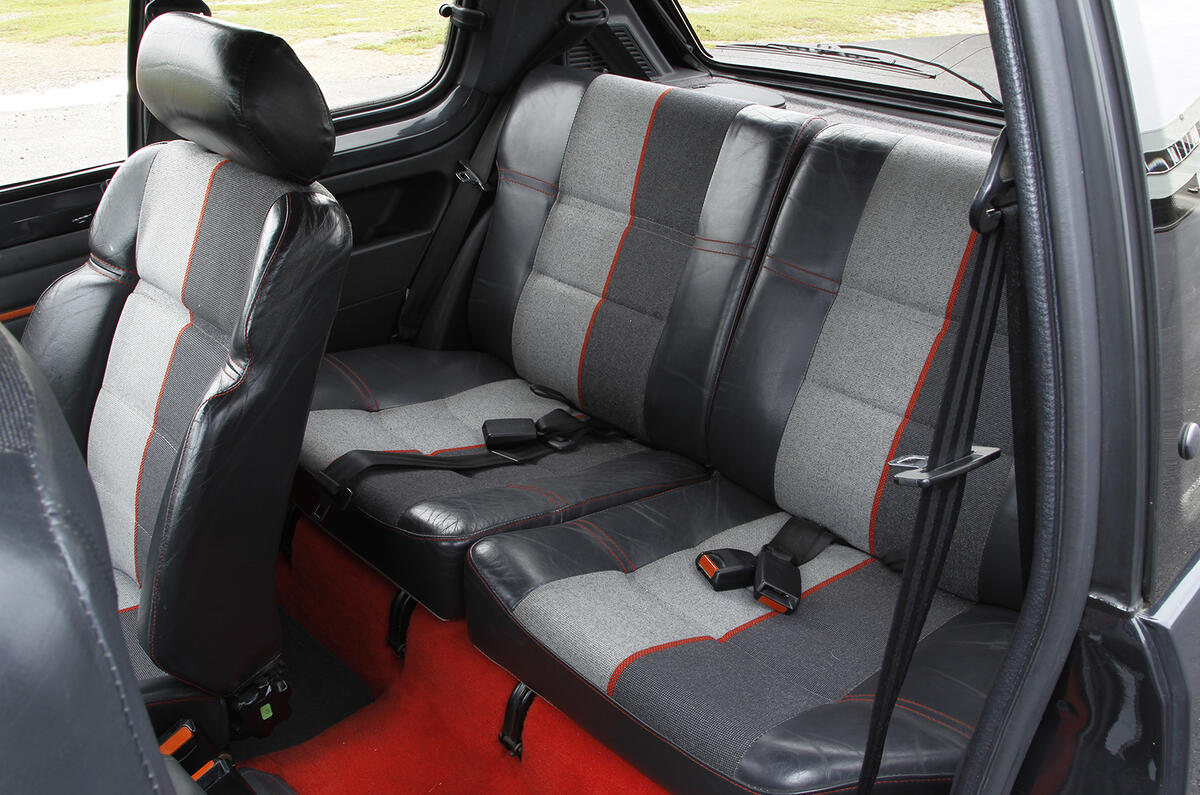
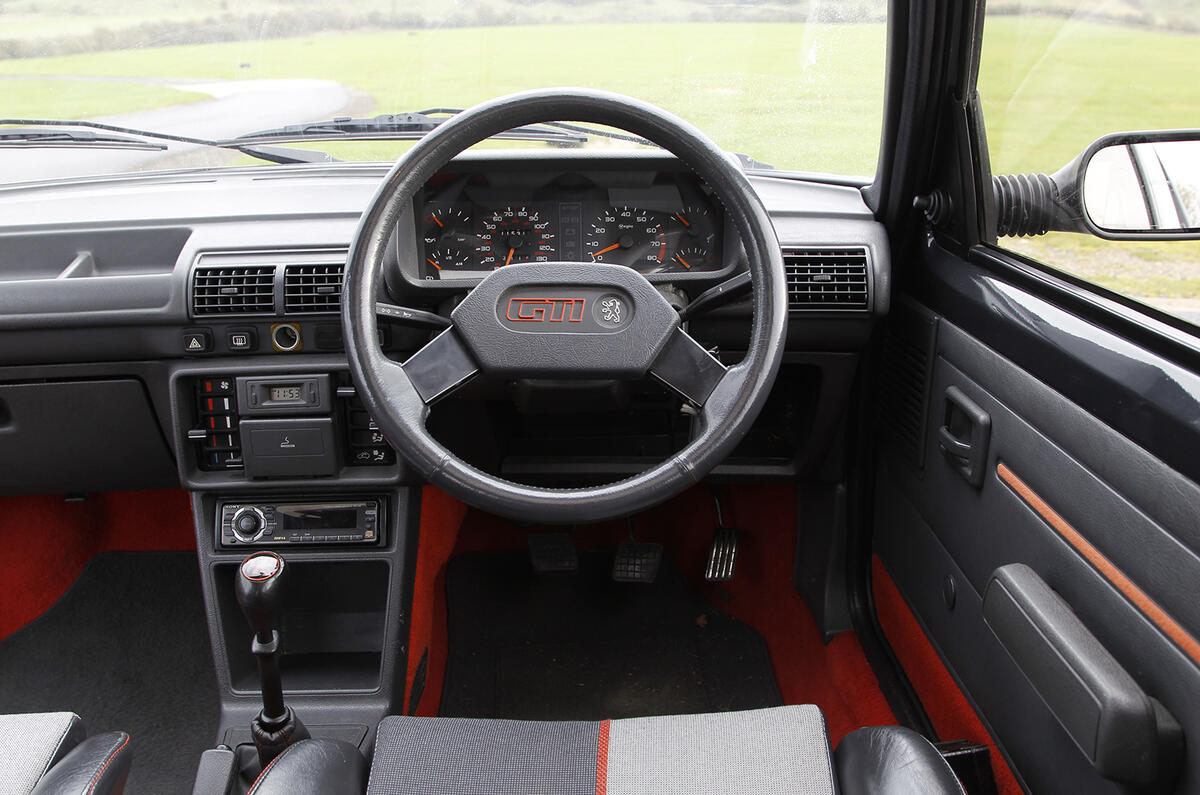

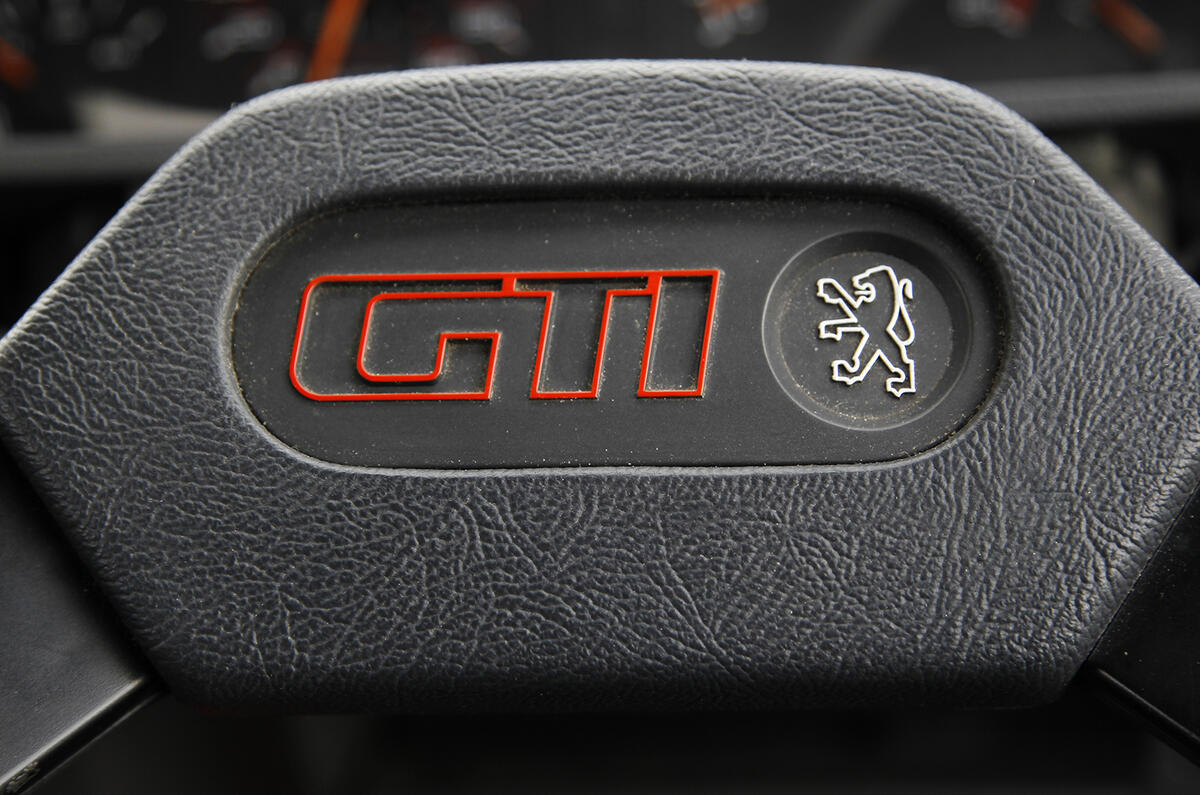
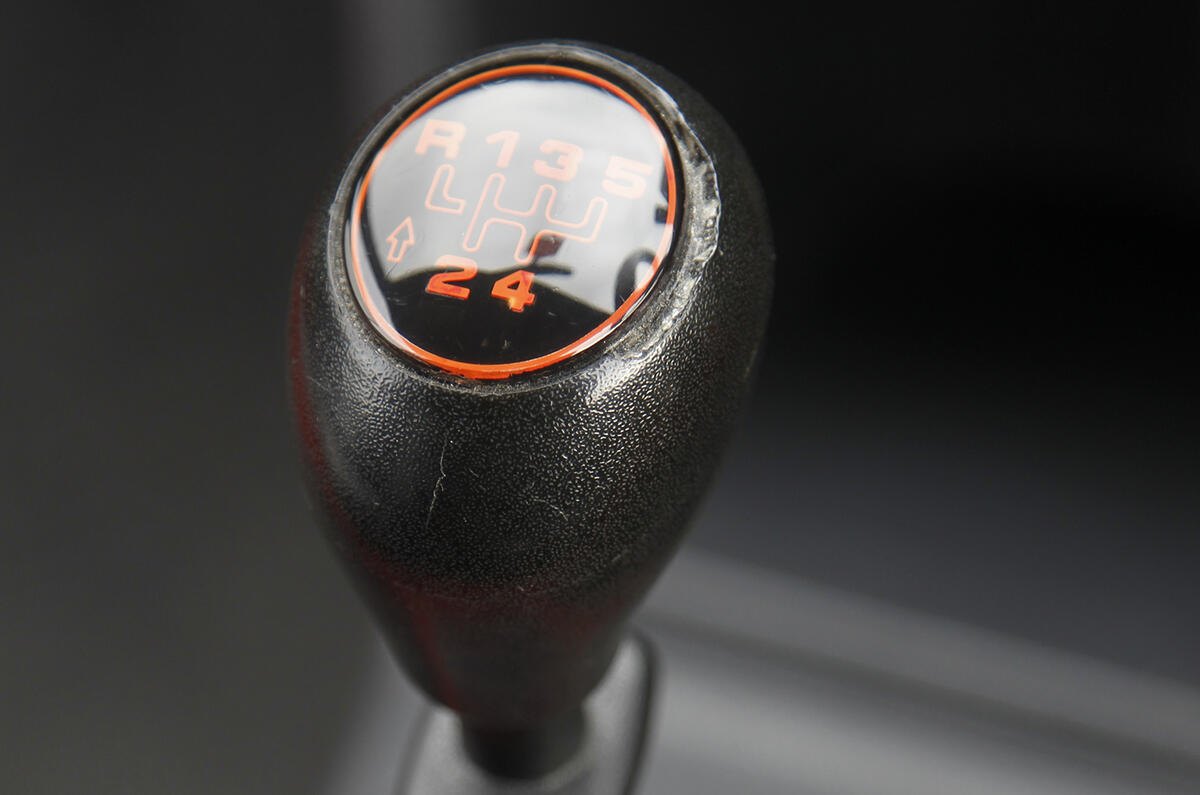
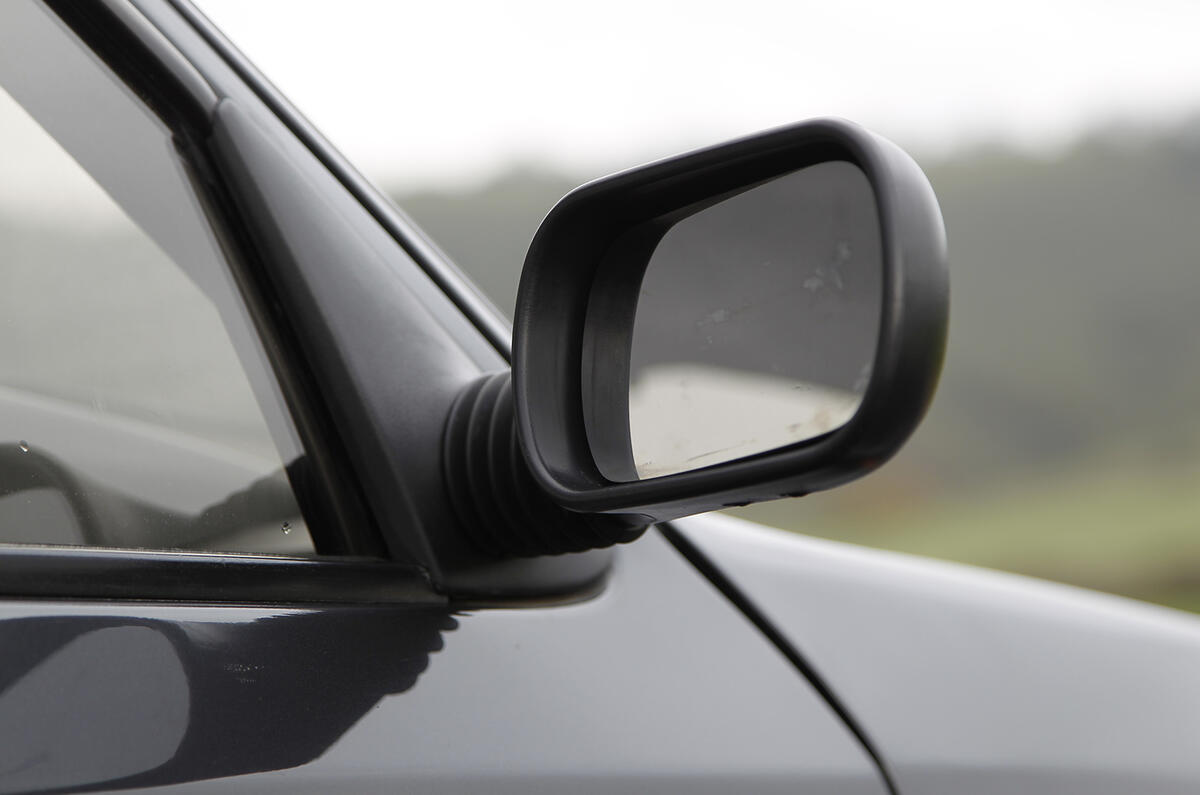
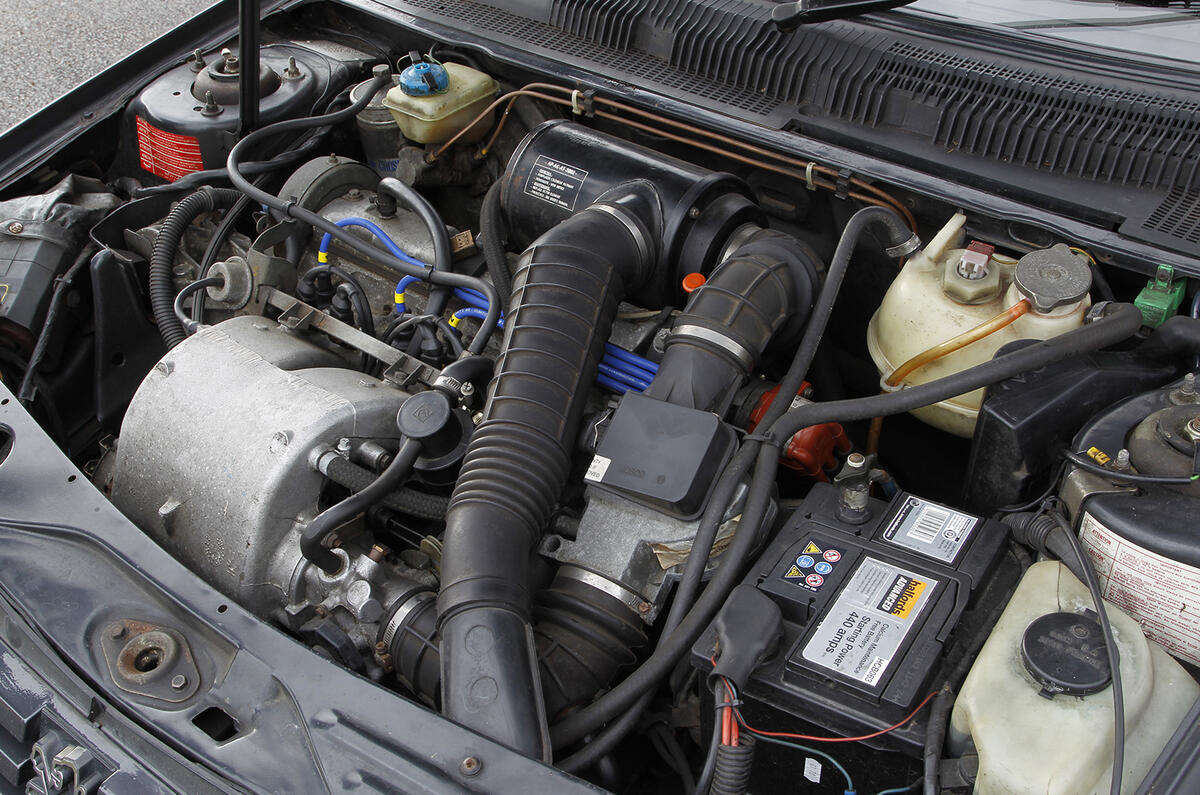
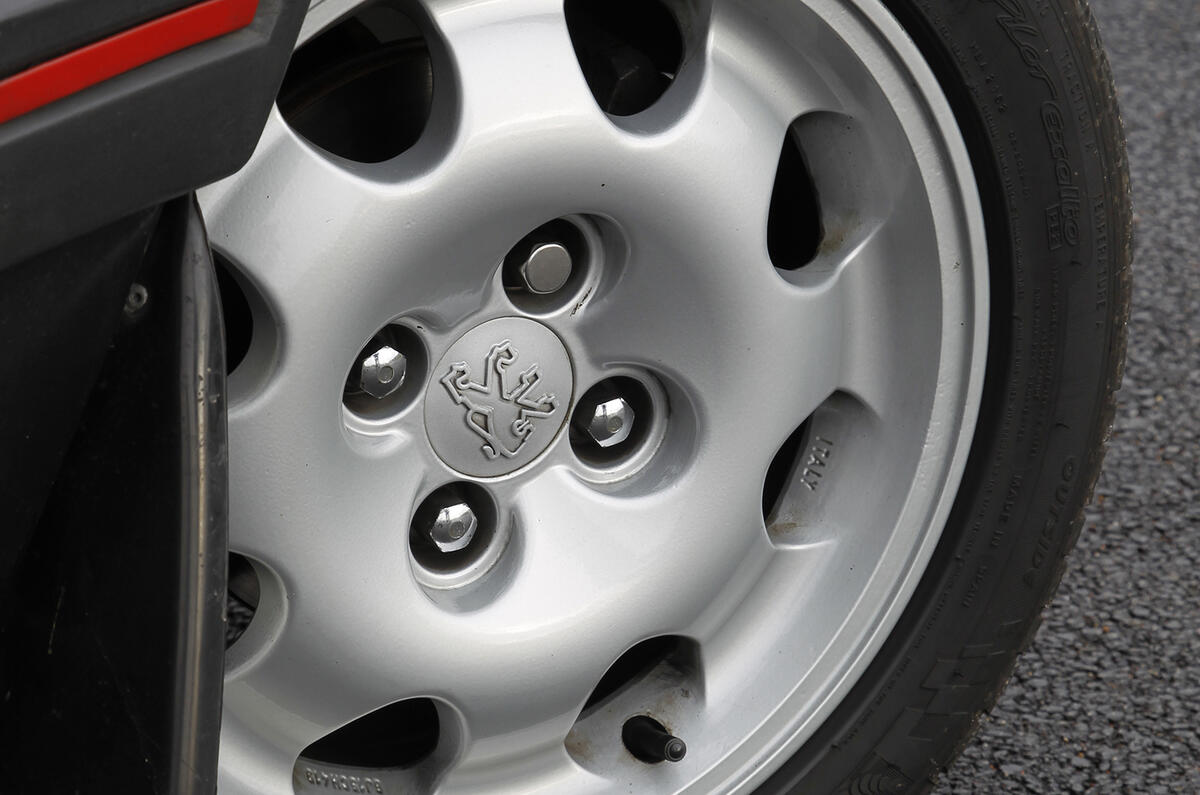
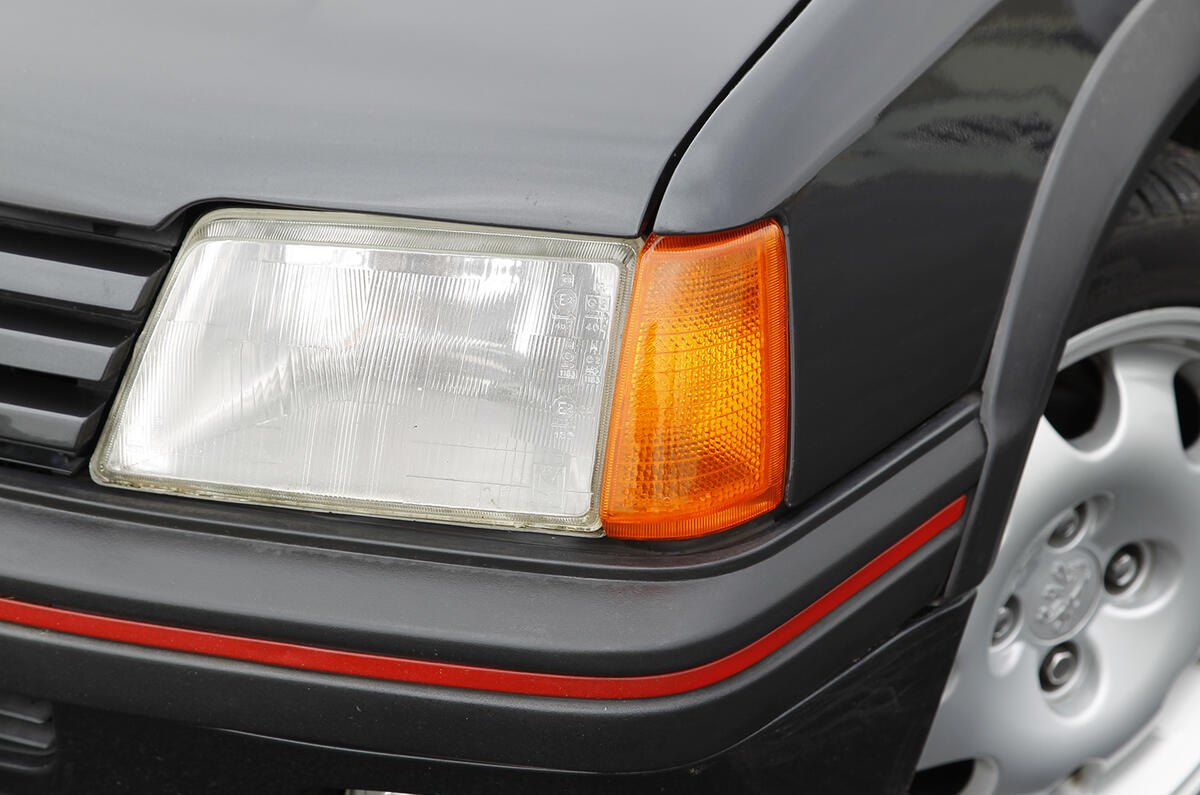

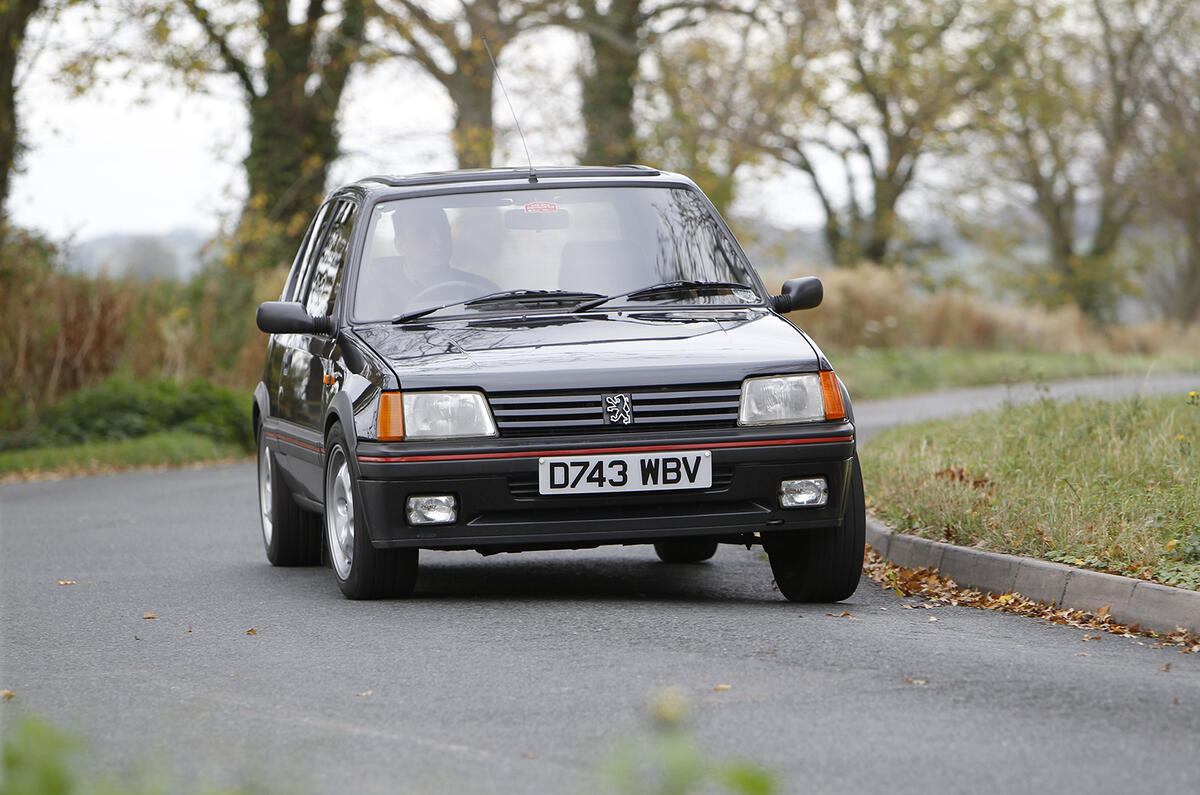
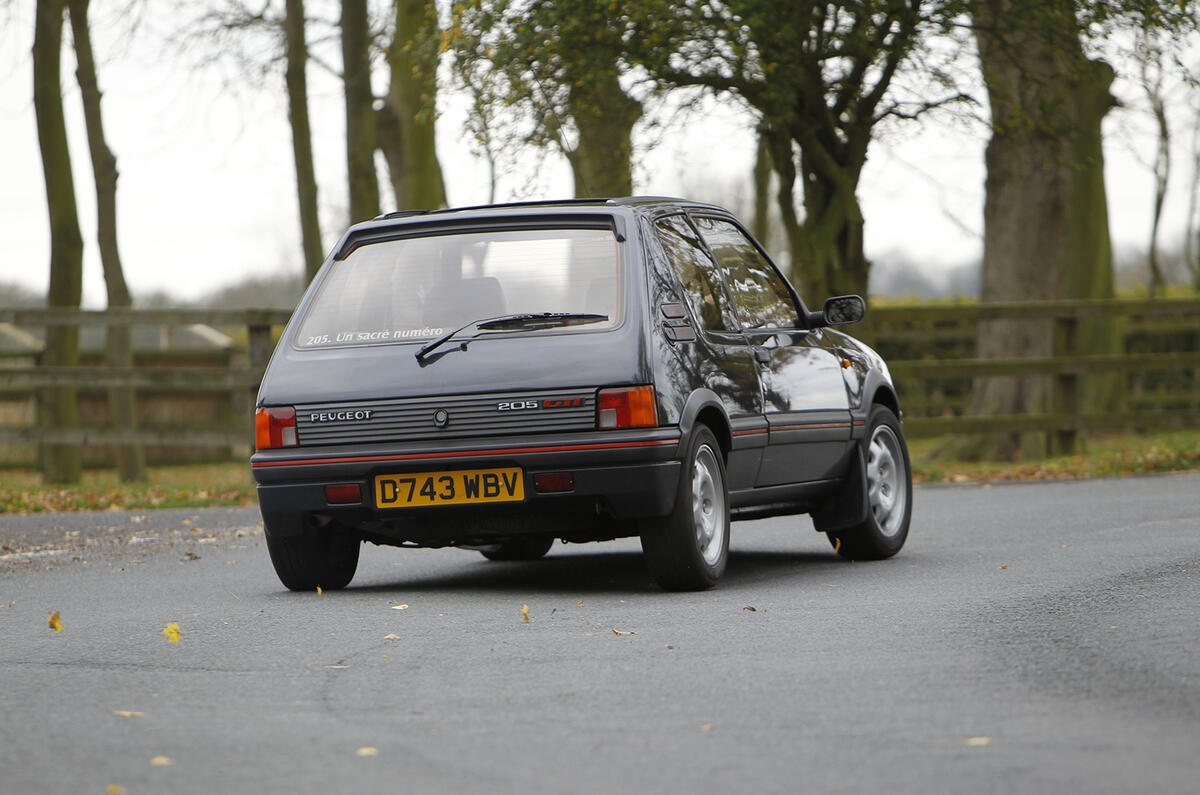
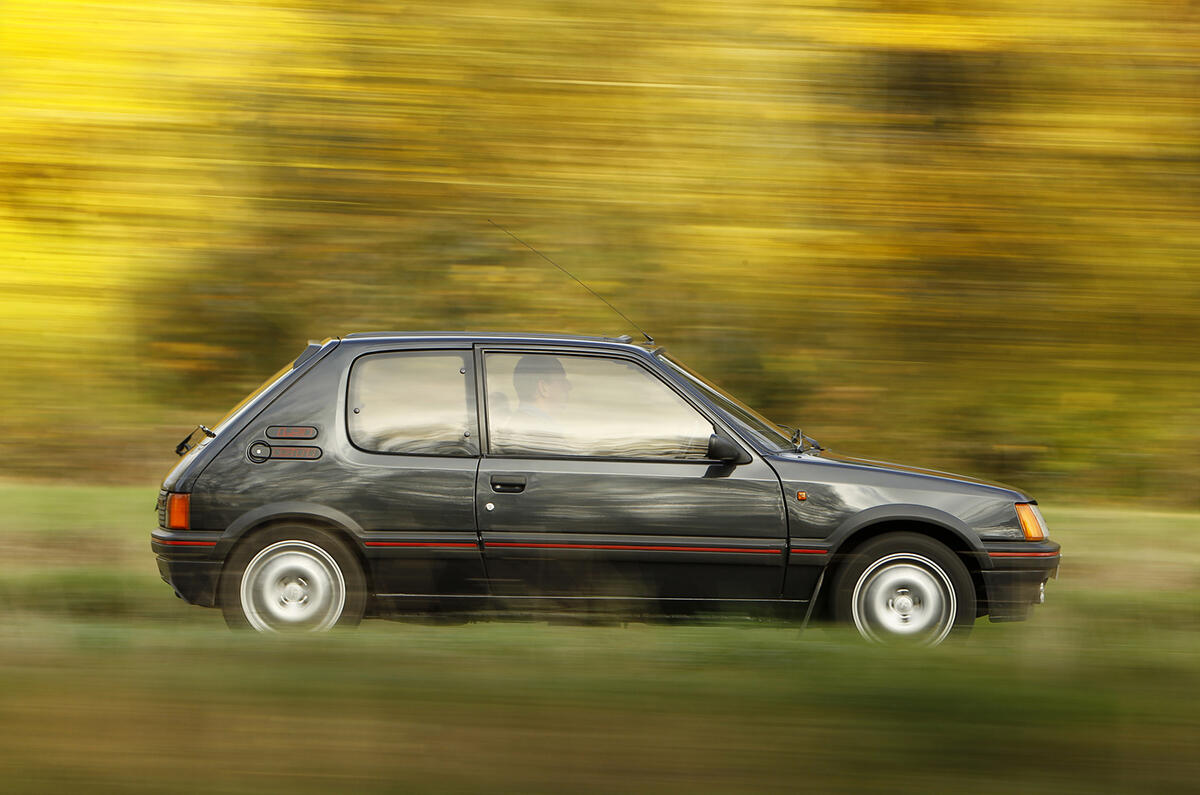
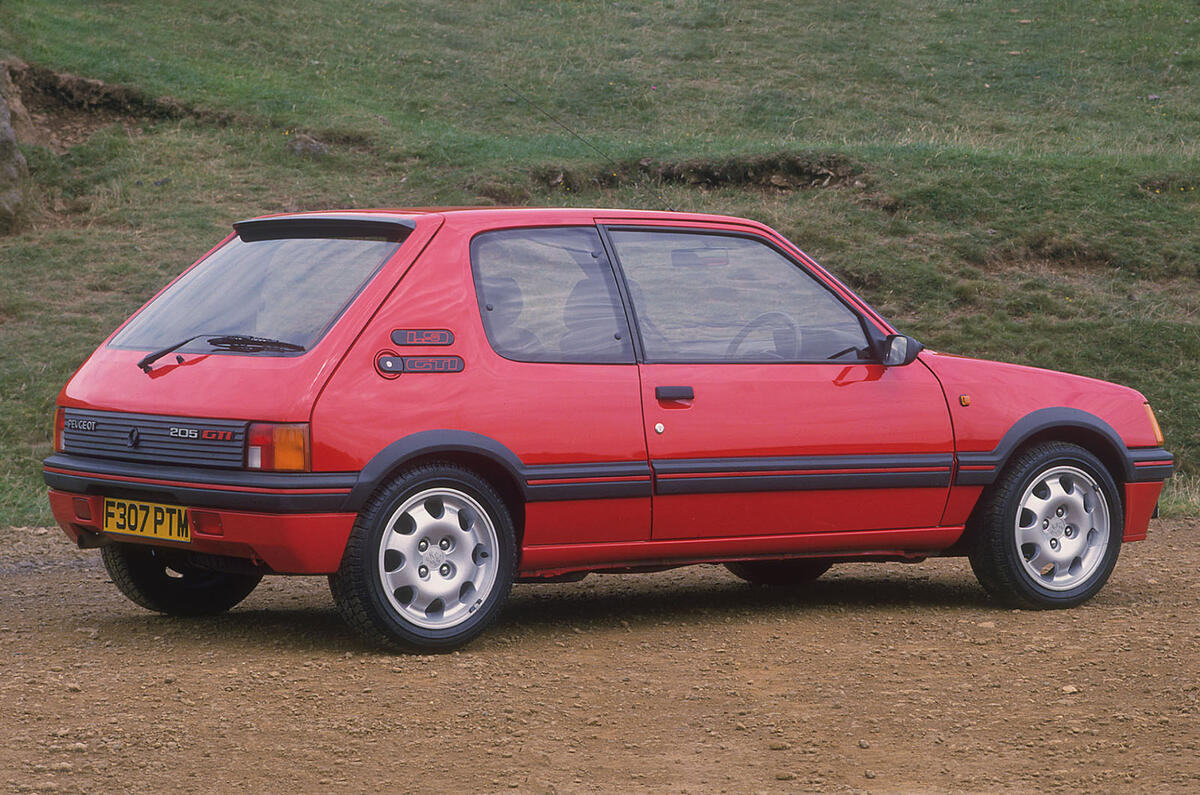


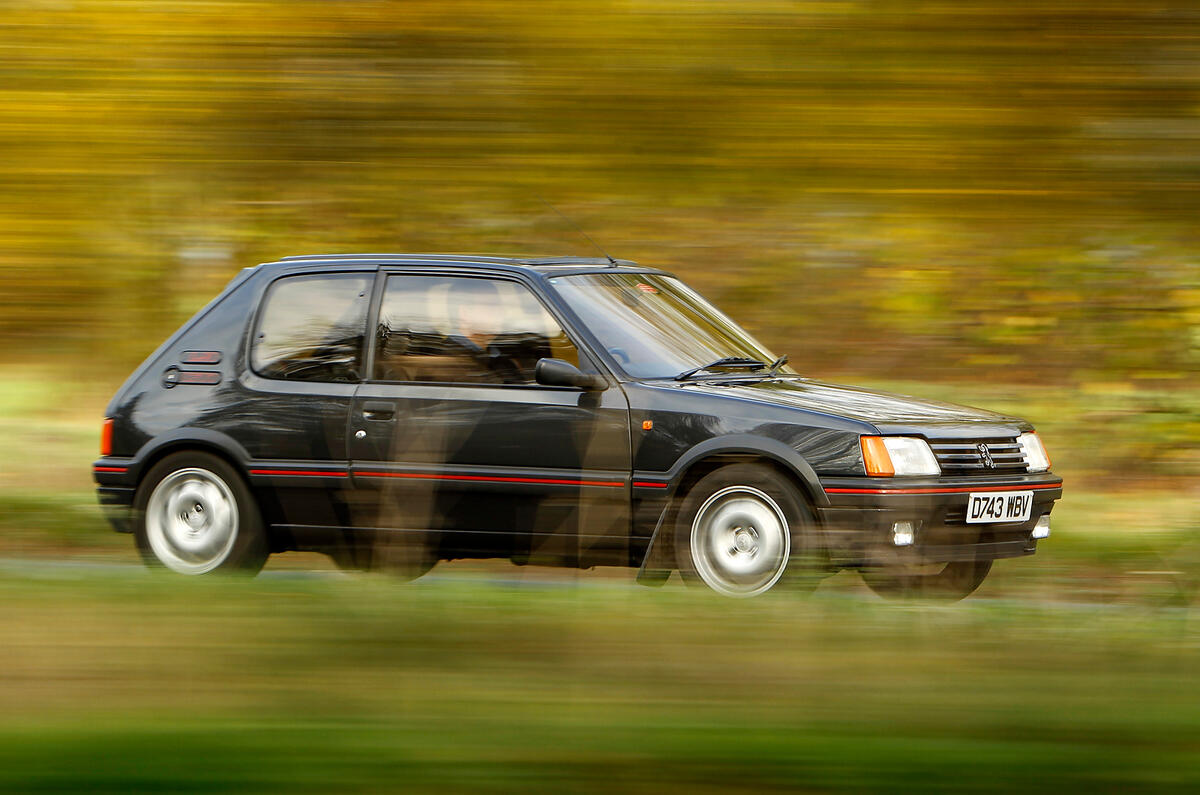
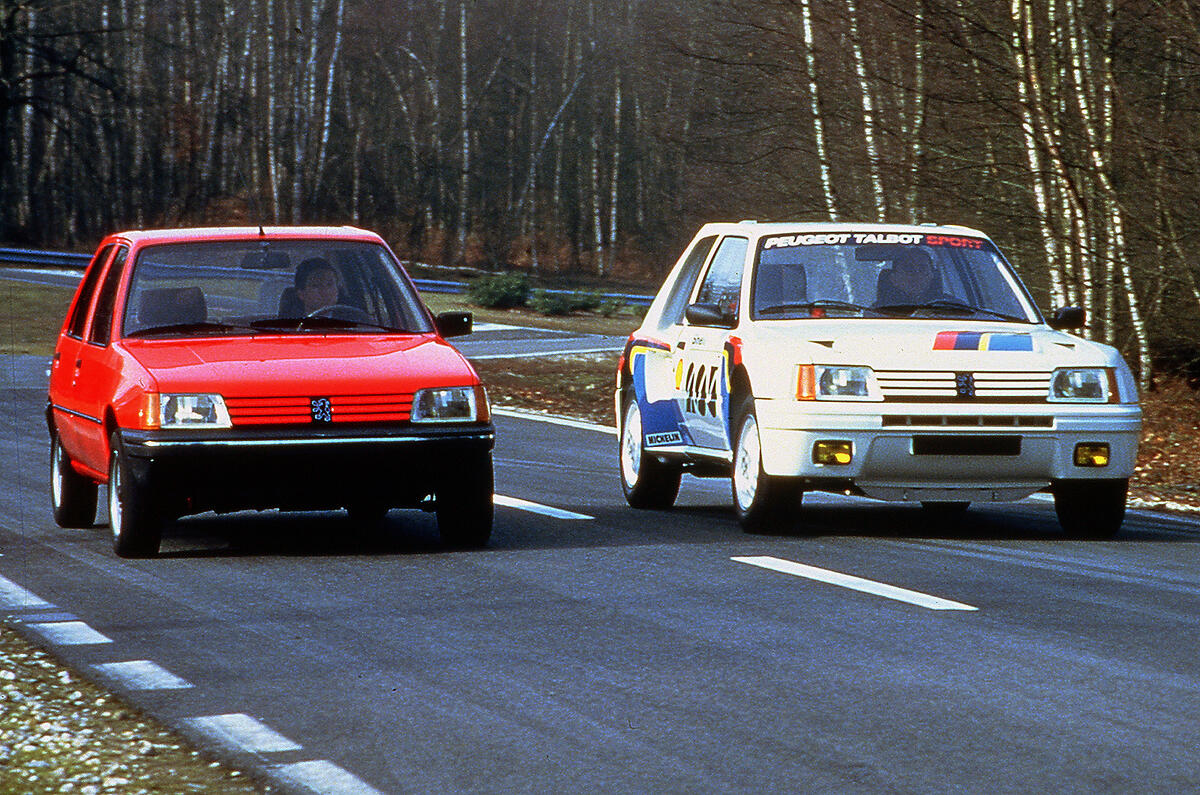
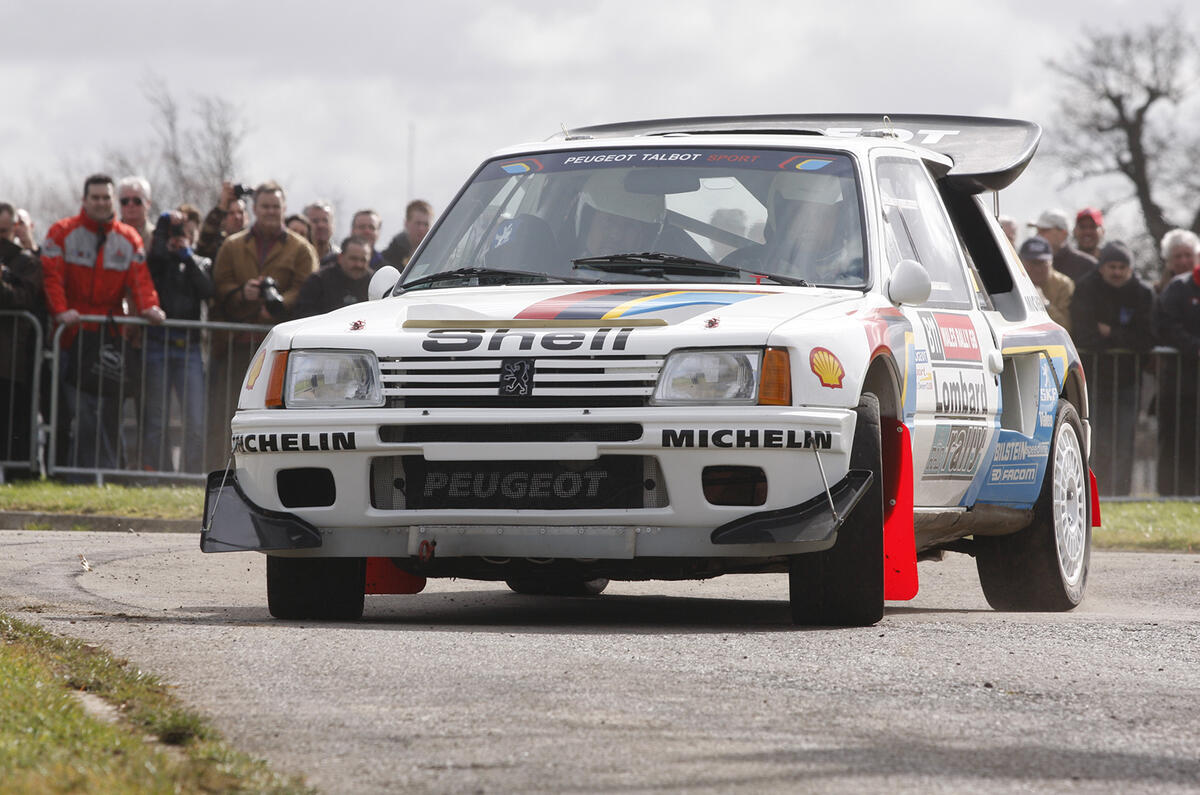

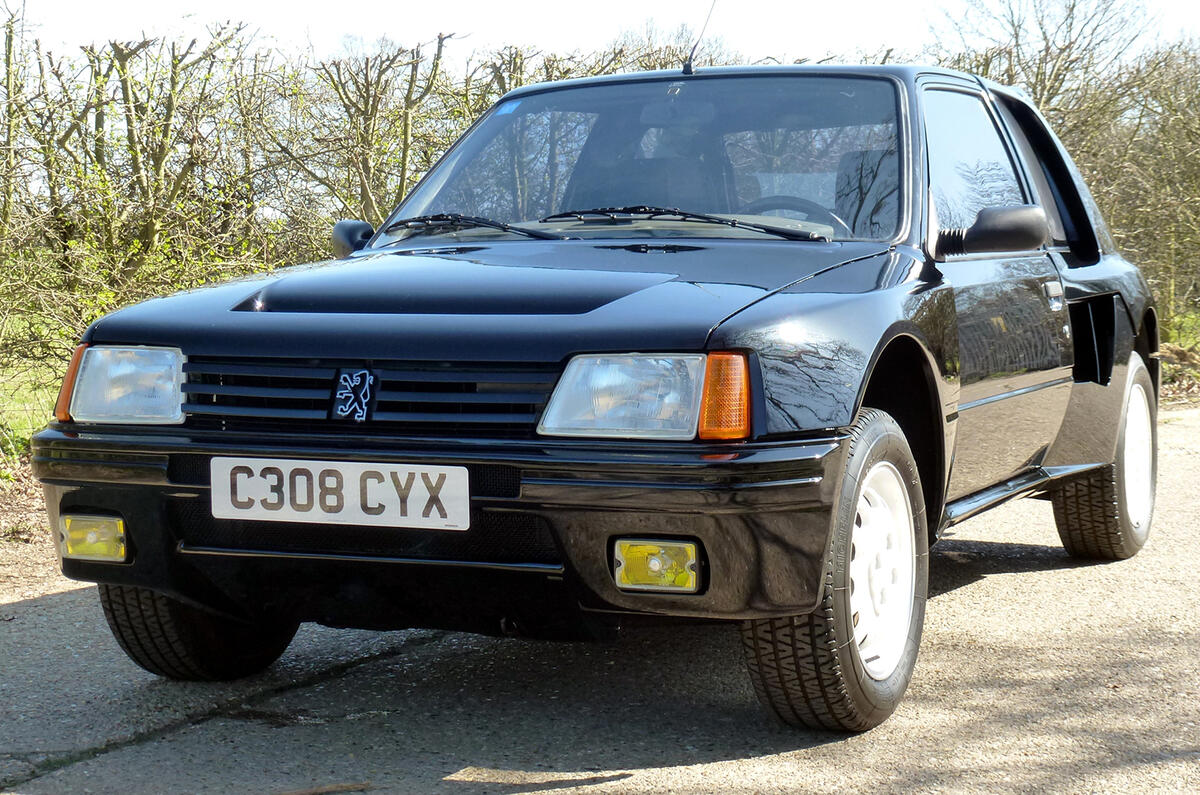
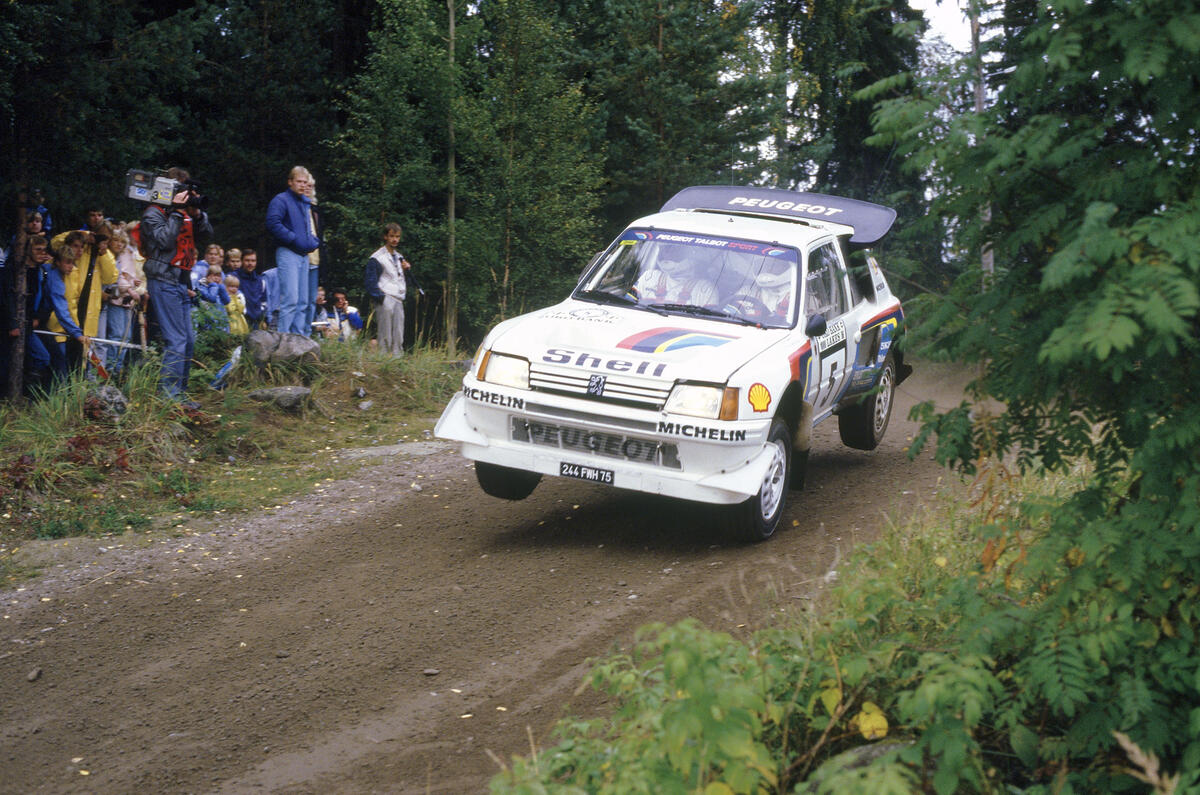
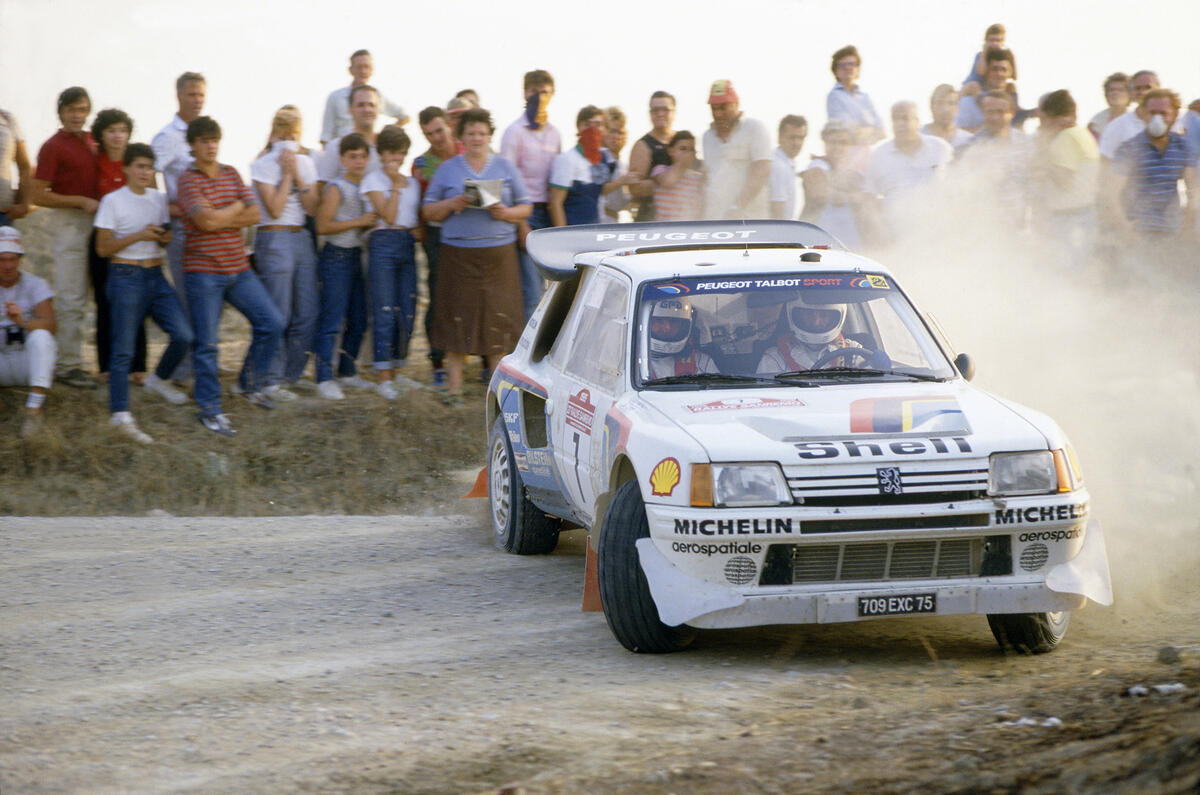
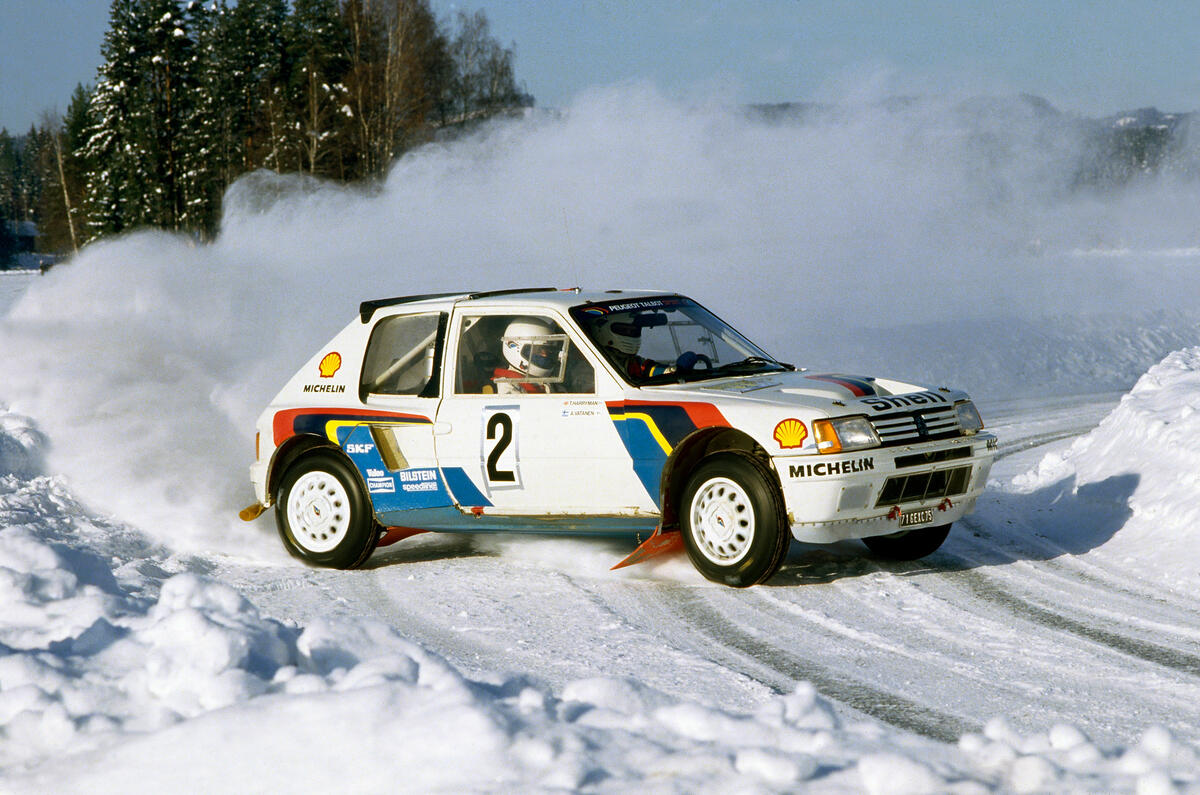


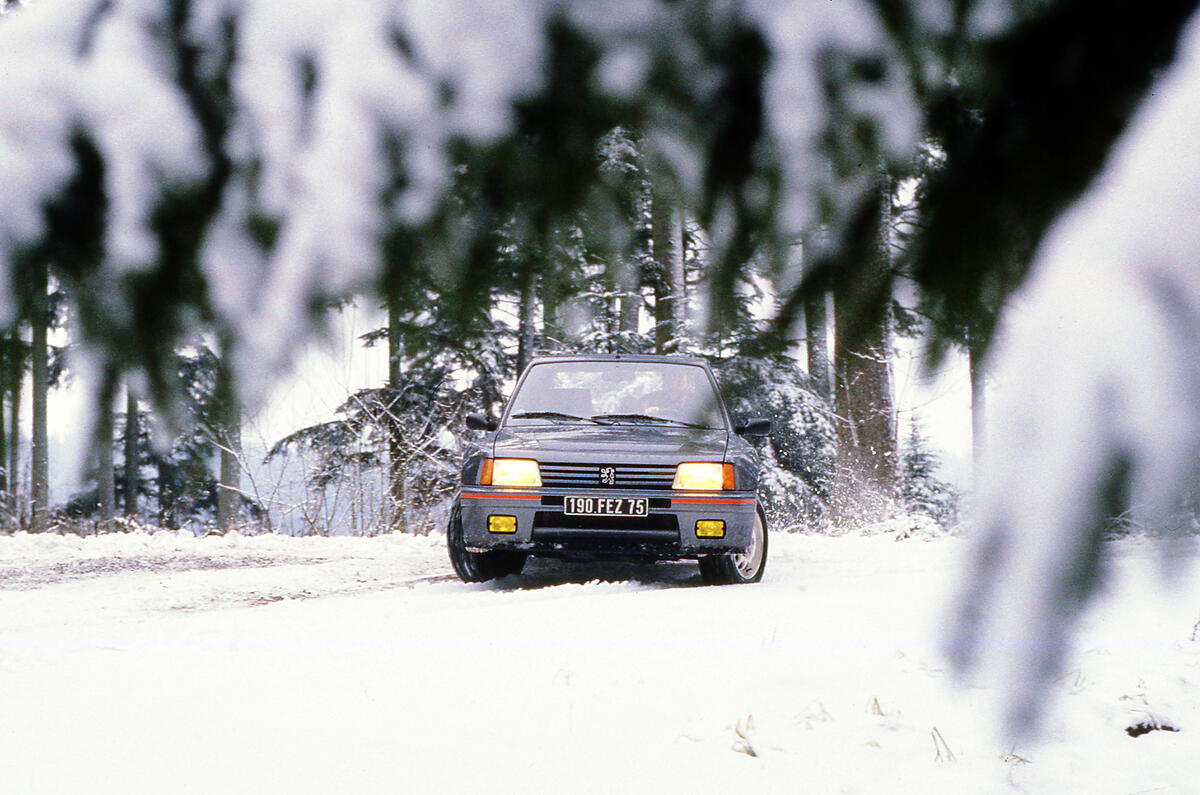

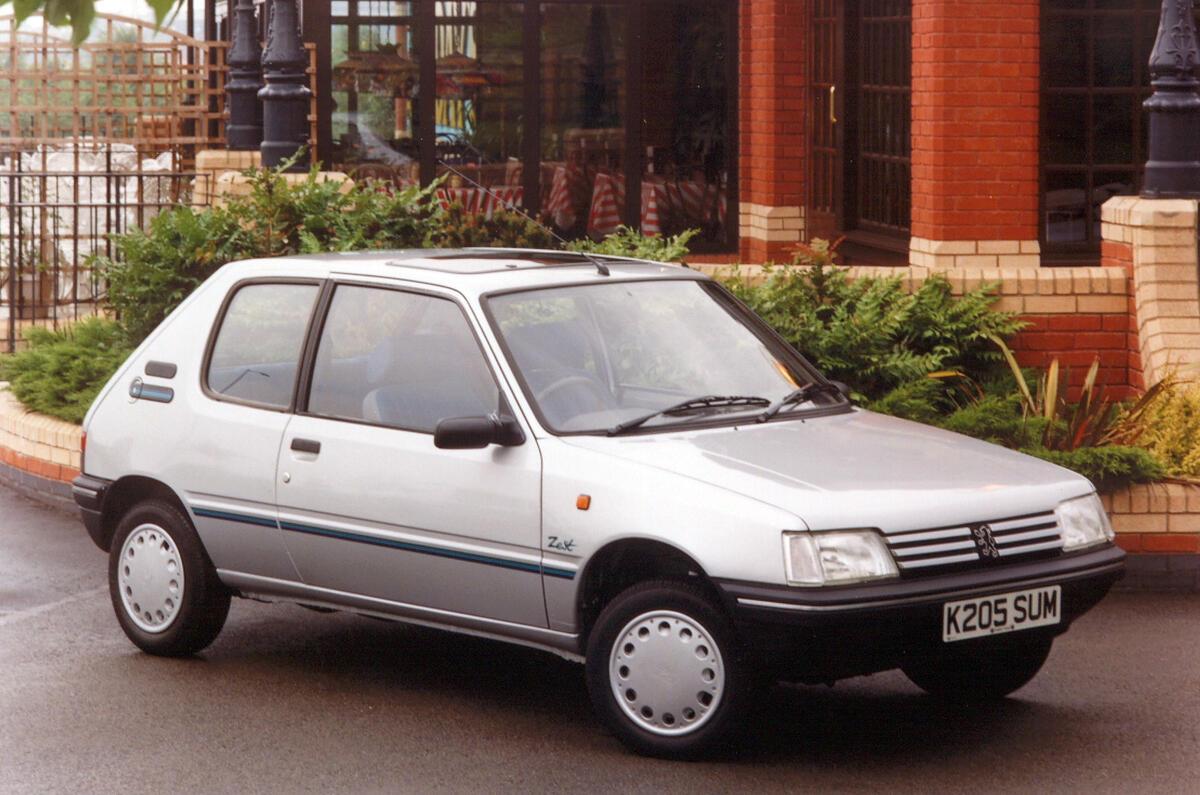
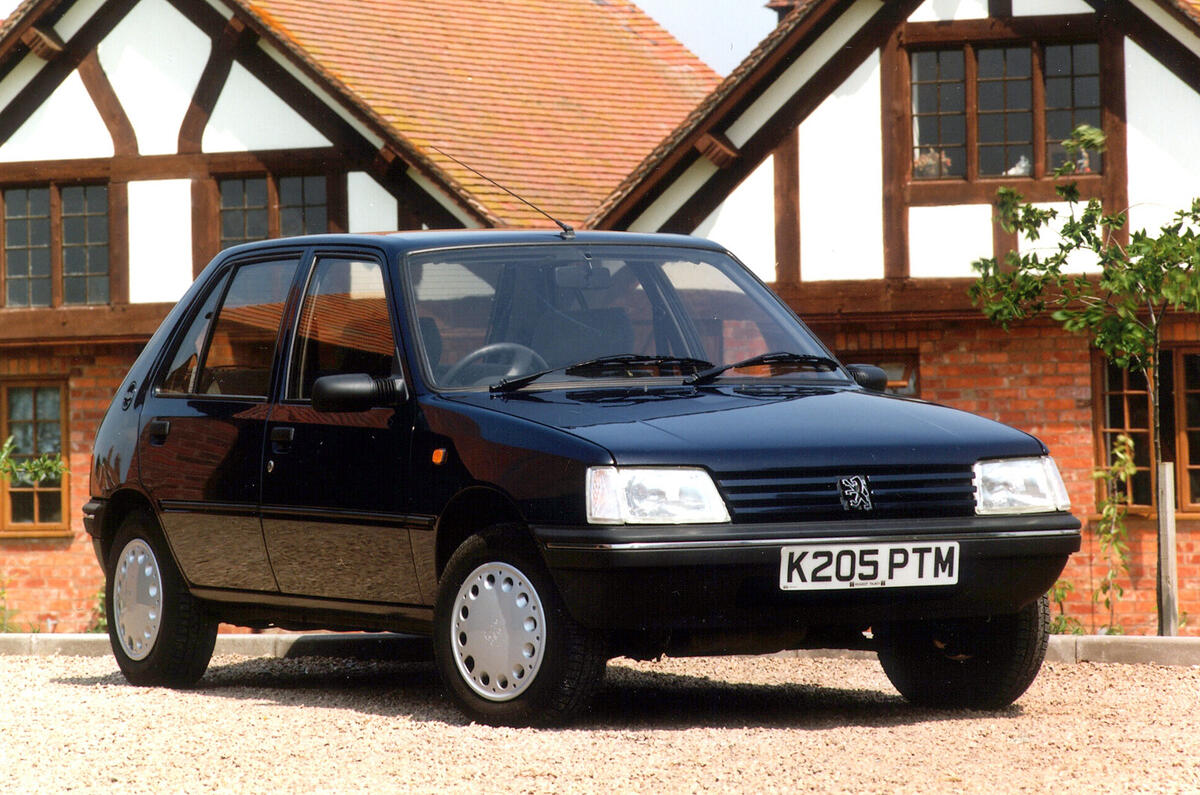
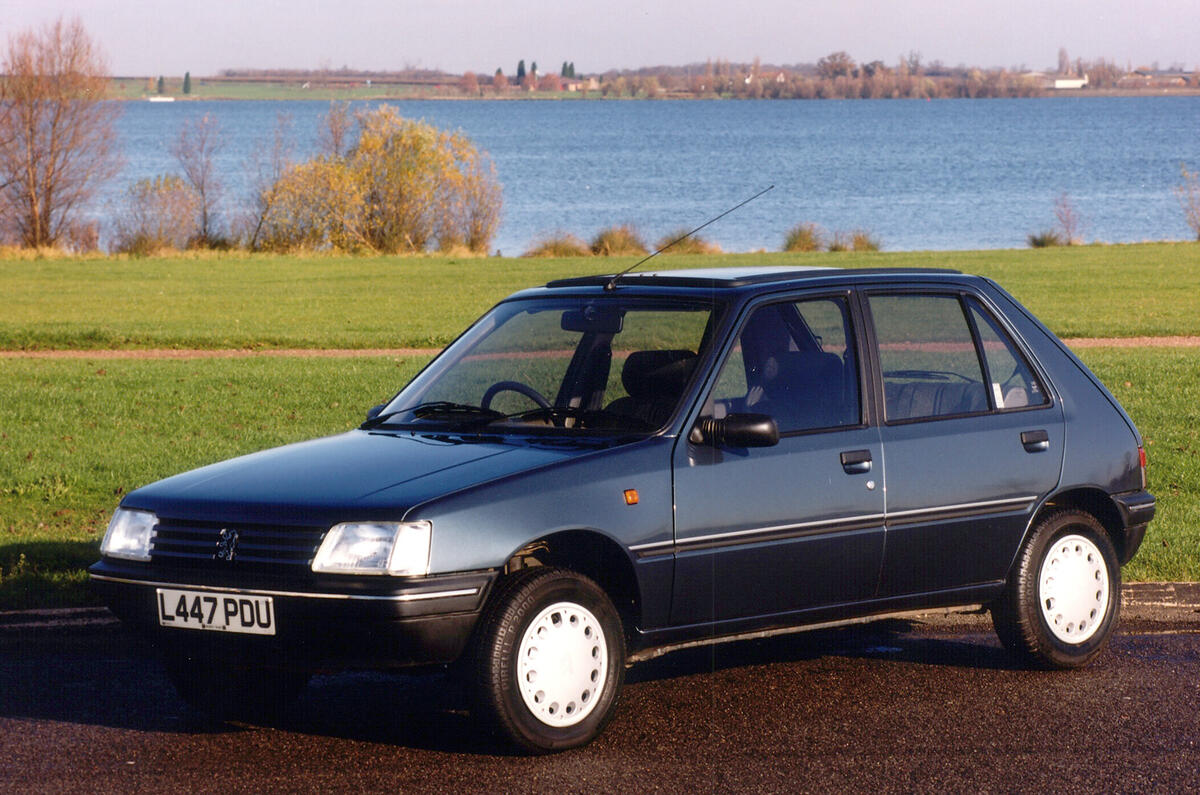
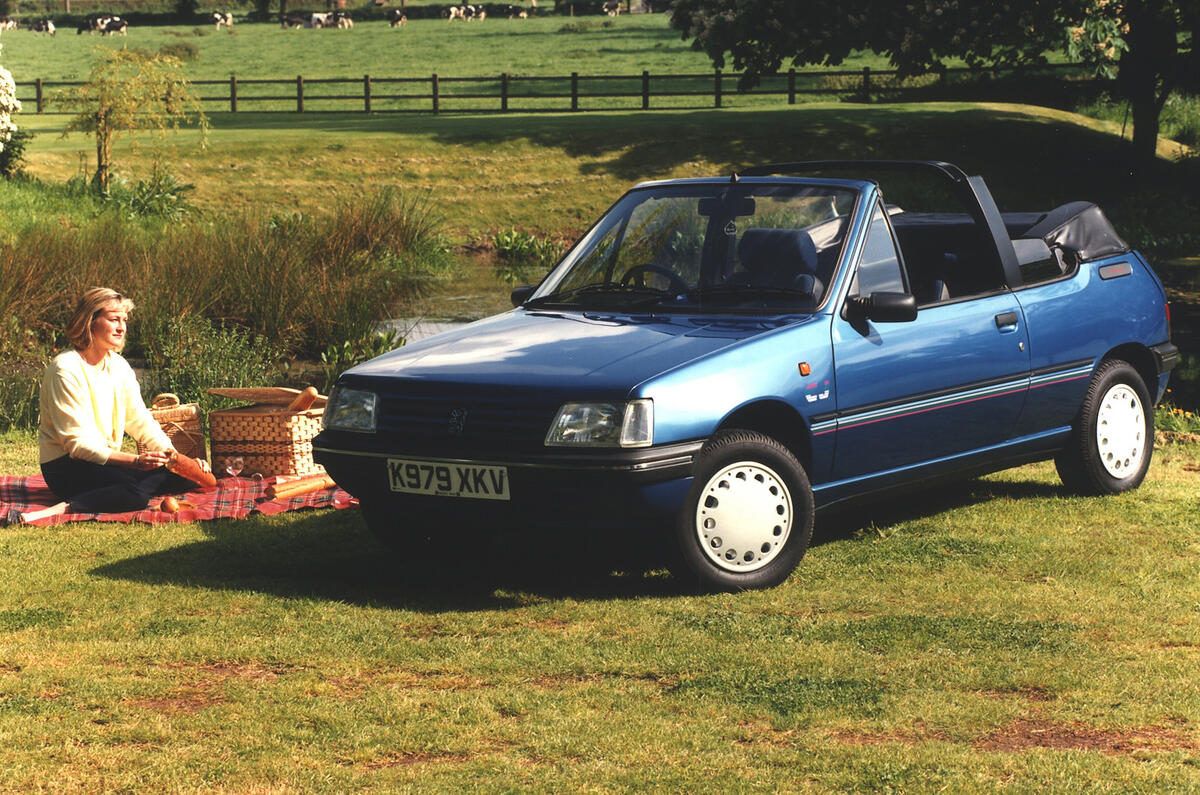
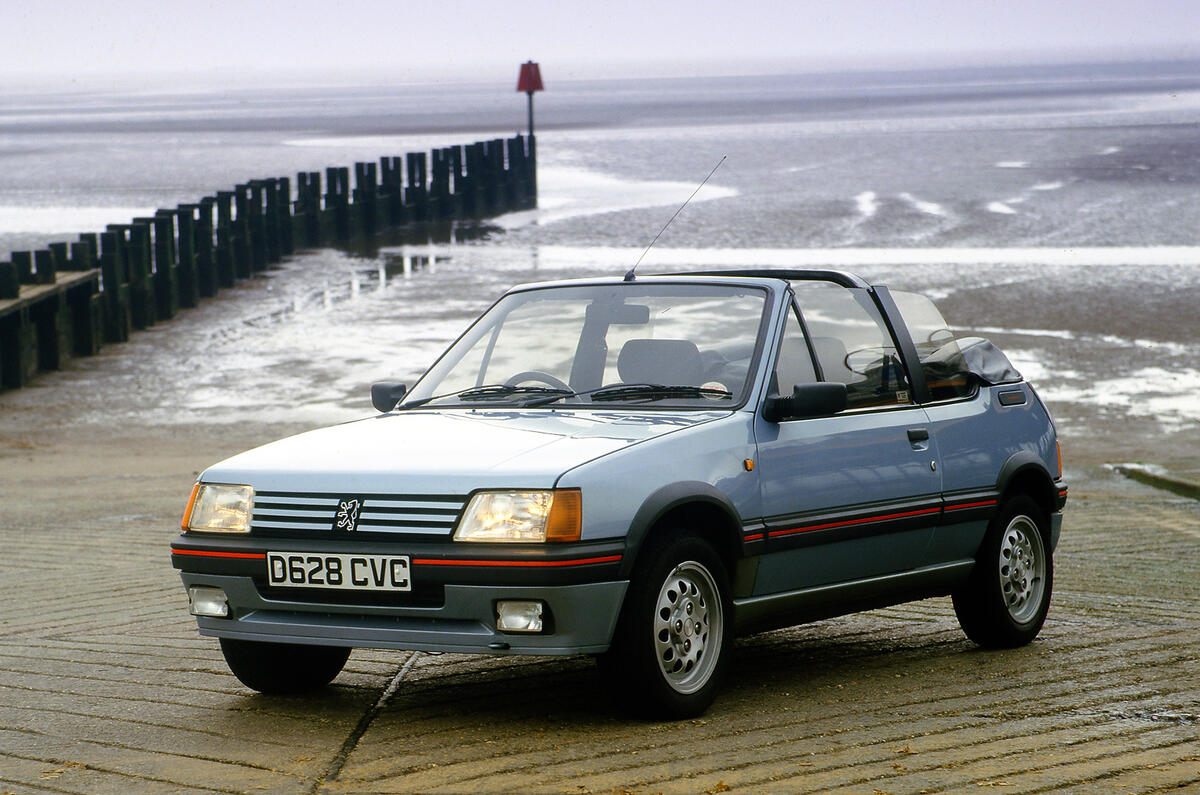

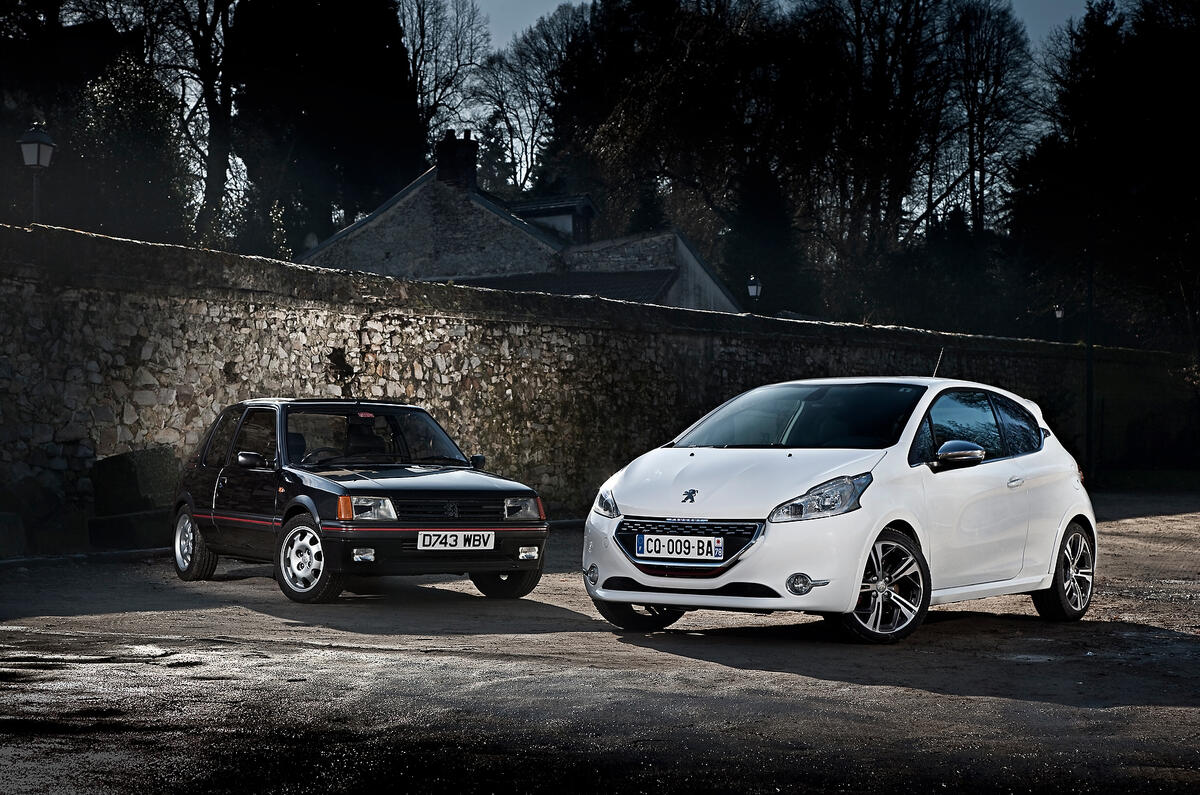
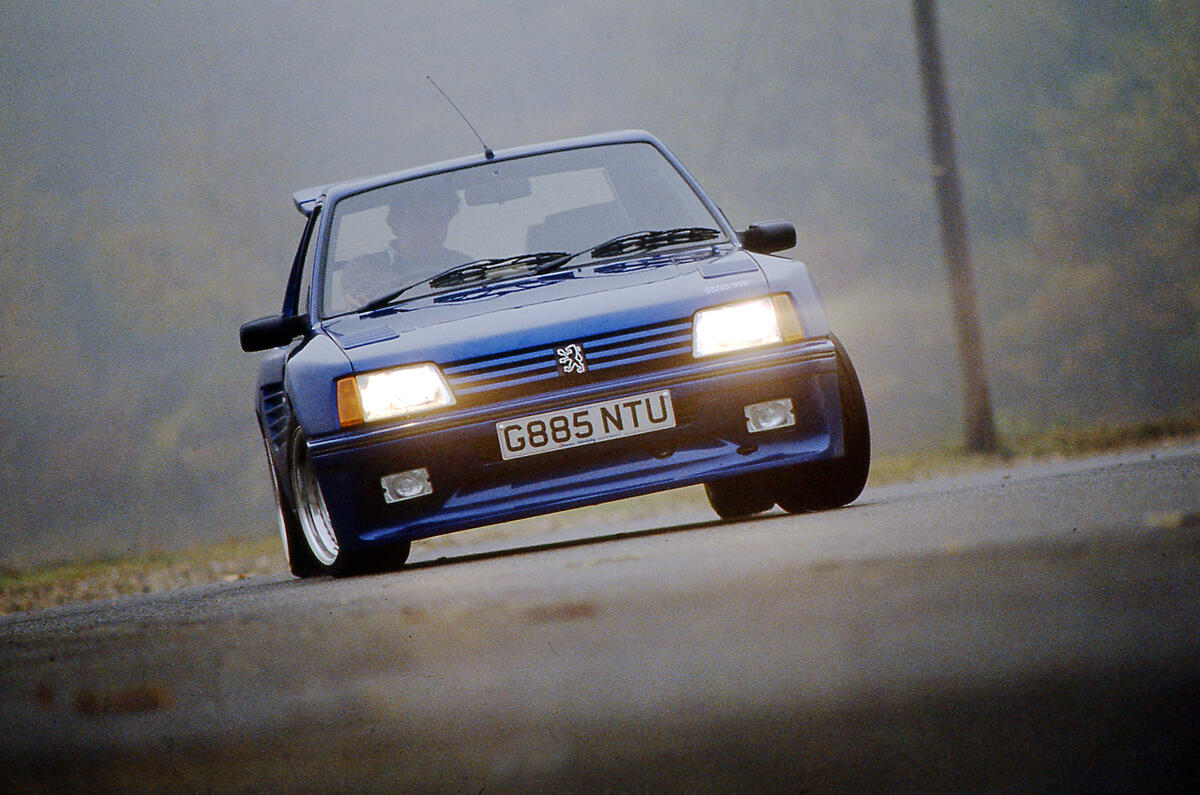
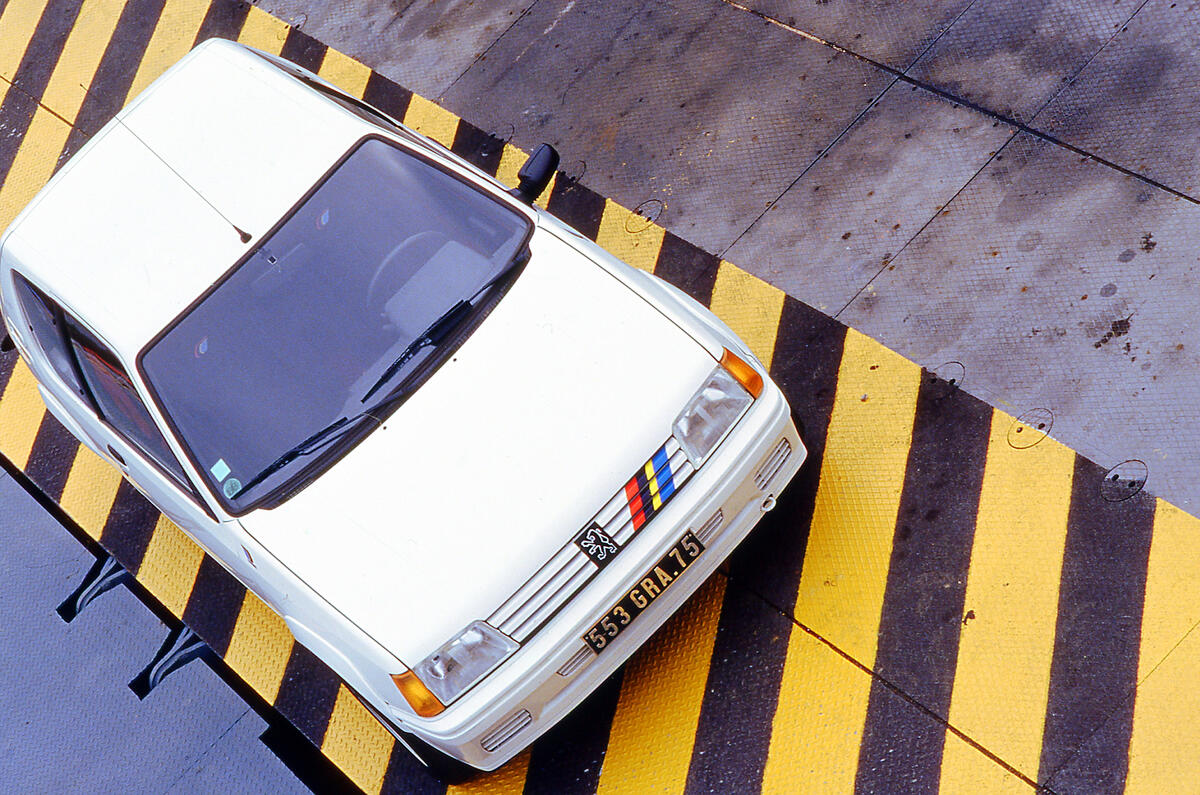
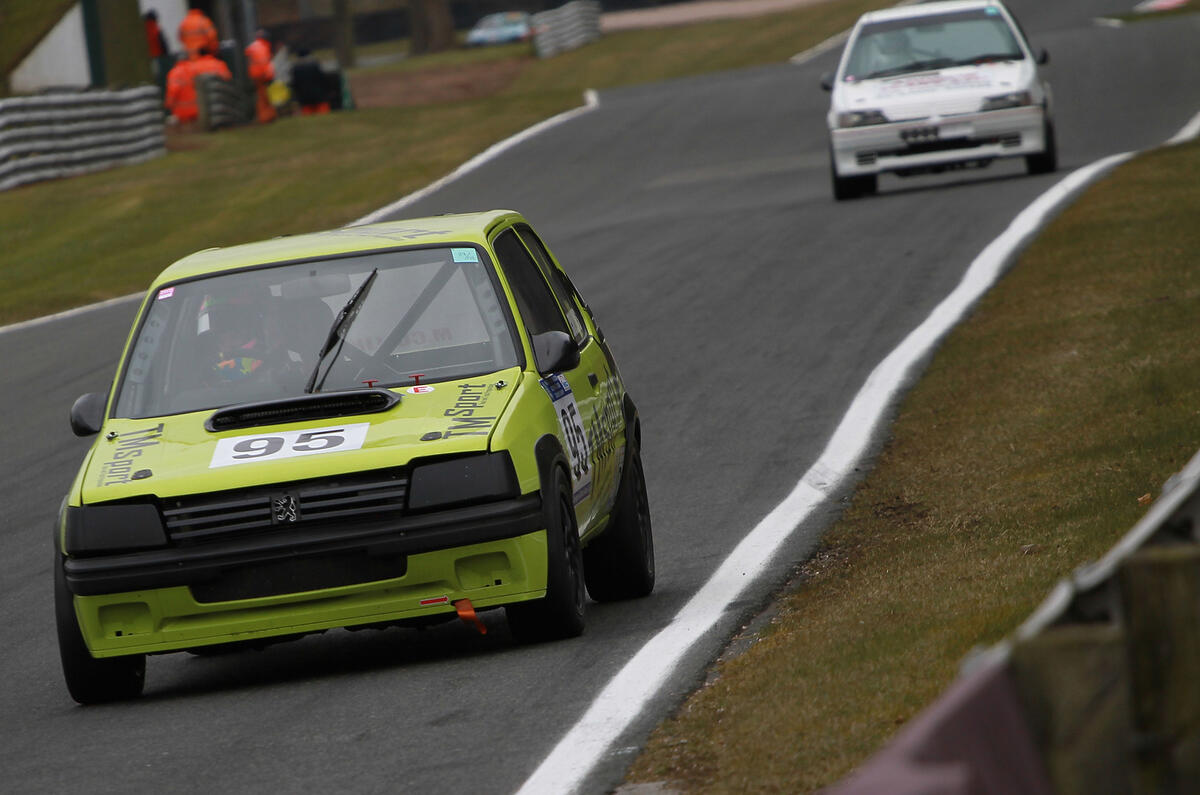
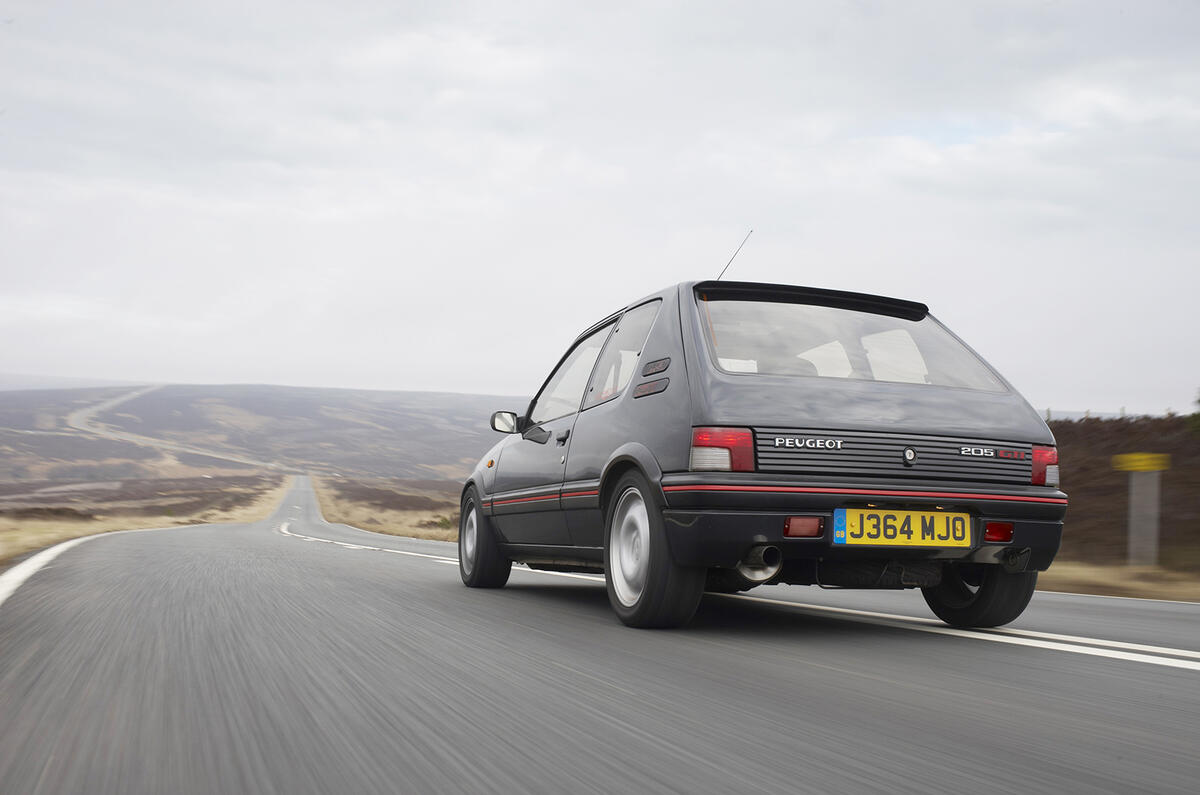
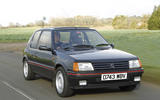
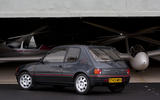
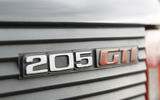
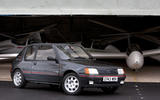
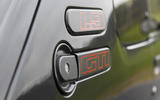
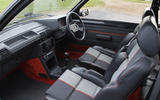
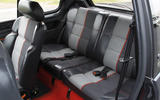
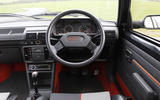
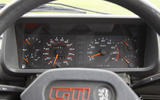
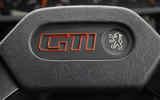
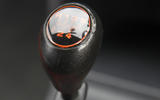
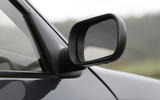
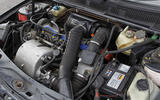
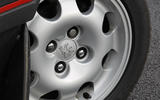
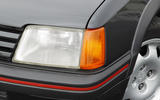

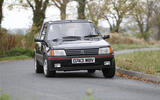
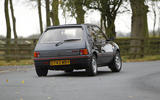
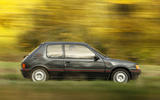
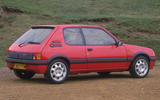
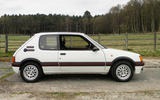

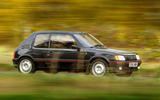
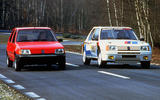


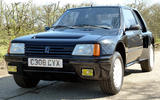
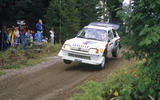
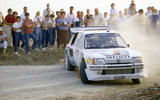






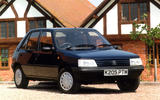
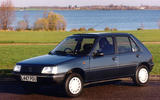
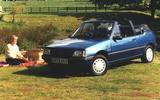
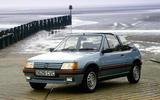
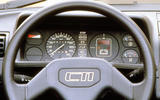




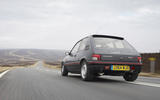


Join the debate
Add your comment
The nicest hatchback !
The nicest hatchback !
I've learned to drive in a 205 Diesel.
It wasn't powerfull, but procured some driving pleasure.
205 rallye
In France the rallye had a bored out 1.1 which became a short stroke 1.3, with a masive carburettor, cranking 102hp at 7000rpm! Shame that wasn't available in the UK. It was cheap and a hoot with young people. Suffice to say, not many survived... Also the XS/GT had a 1.6/90hp instead of the smaller 1.4 in the UK which I guess was for tax purposes. Could easily take on an xr2 any day...
Good shout
...over and out.
What about the 309 1.9 GTi
In the 80's I worked for a Peugeot main dealer and ran both the 205 1.6 & 1.9 GTi's and loved them both, although I did prefer the 1.9's stronger low down urge.
I also ran a couple of 1.9 309 GTi's, (that's not mentioned in the article), and found them a better car than them both though, with to me the 309 1.9 GTi being a much underated car.
This 205 1.6, 1.9 or 309
The 1.9 stearing had a bit of a heaveyover the centre feel, the engine was less keen to rev and a bit gruff. Quicker in a straight line but maybe less fun to extract the max from.
The 309 GTi was a better balanced car, it seemed to use it rear wheels more generating more grip. It was possibly the quickest on a tricky road. Not such a great looker though imo compared to the 205 GTi.
All were miles better cross country than the fast Ford Escorts or Fiestas of the era - Cossies excepted. In my experience officer.